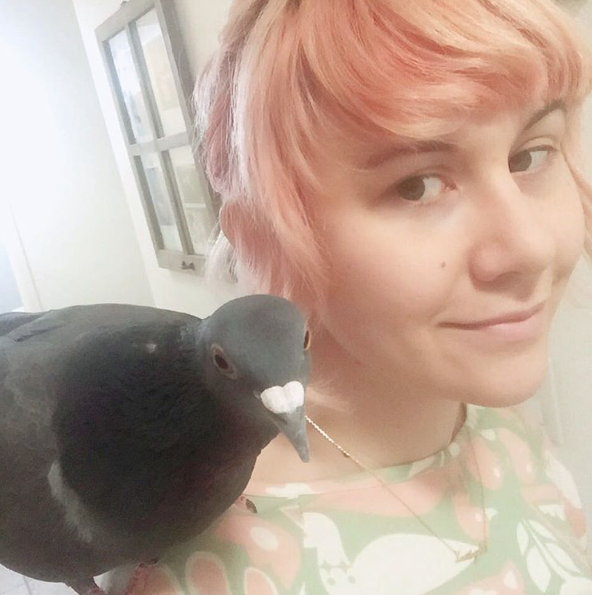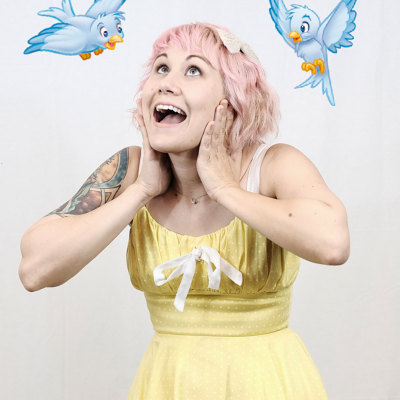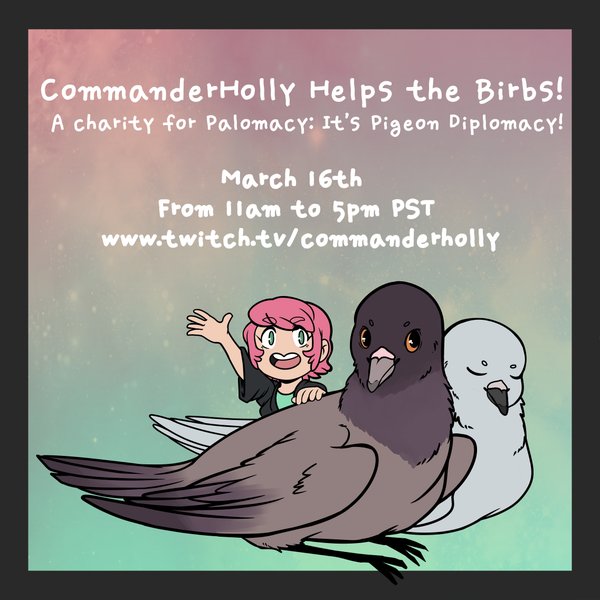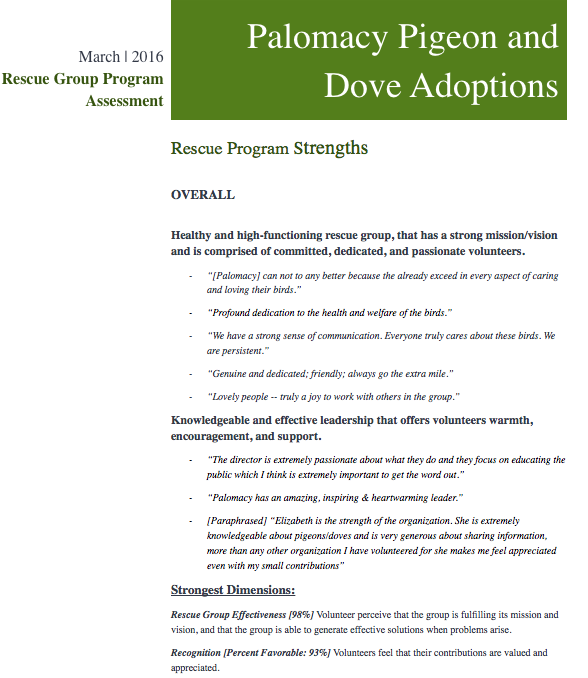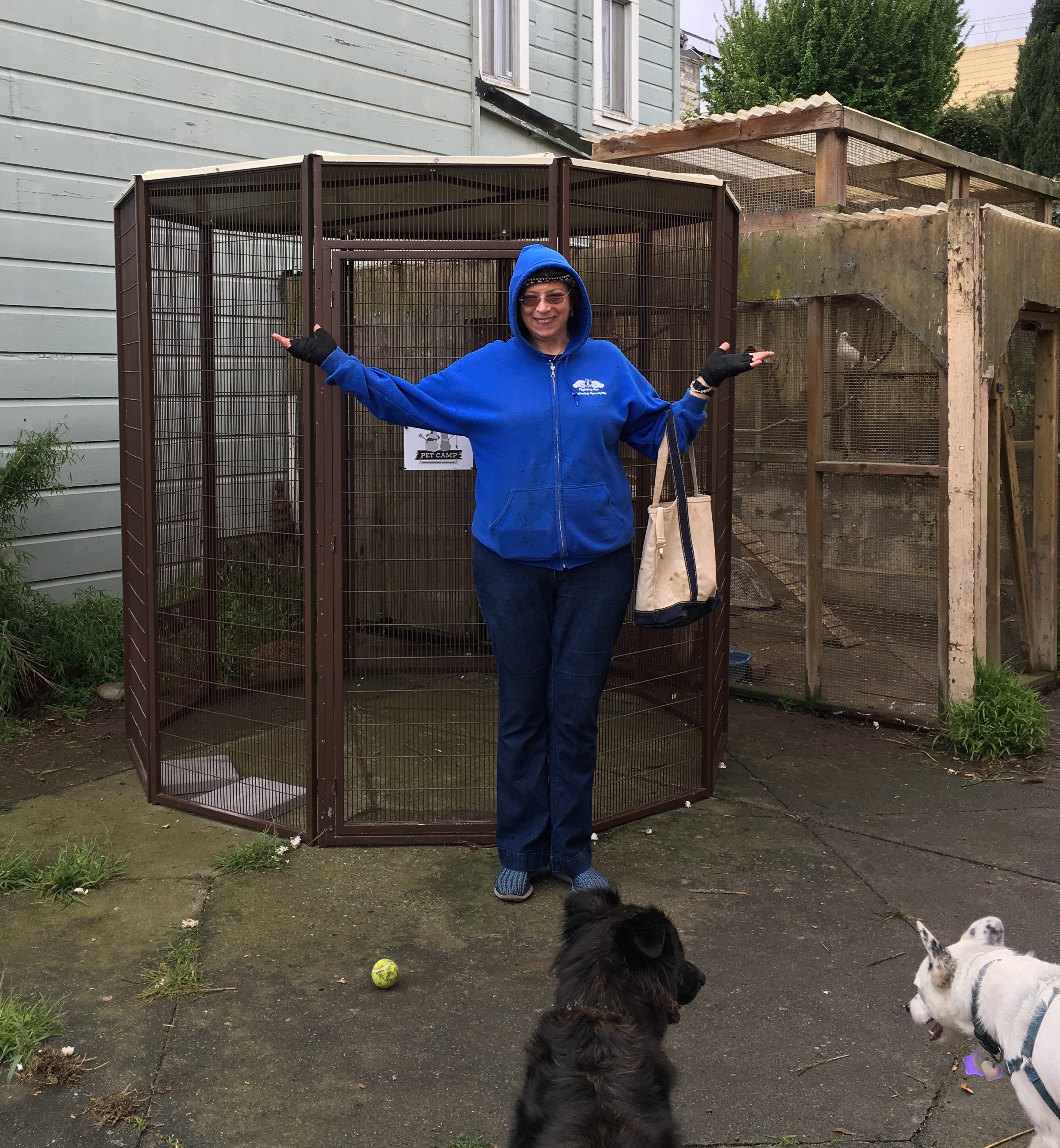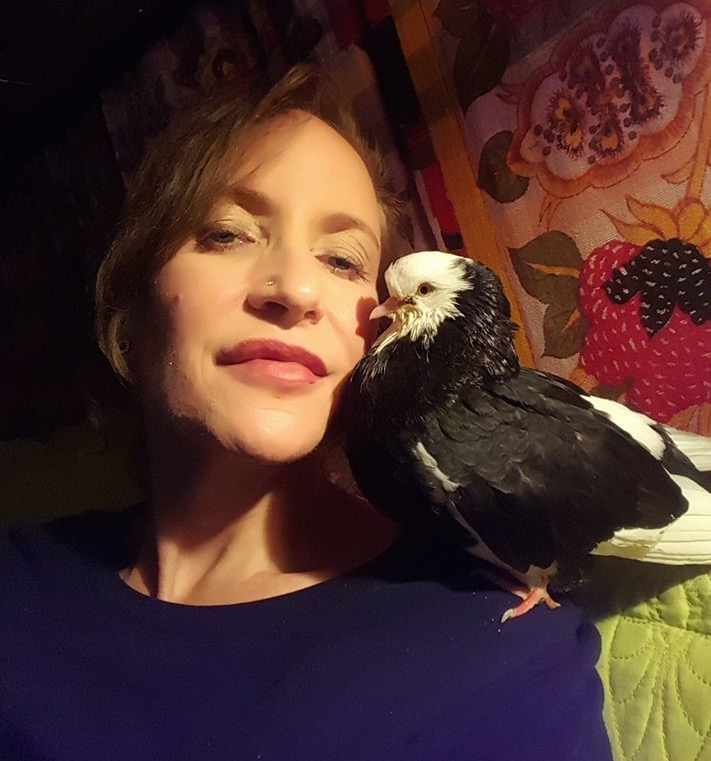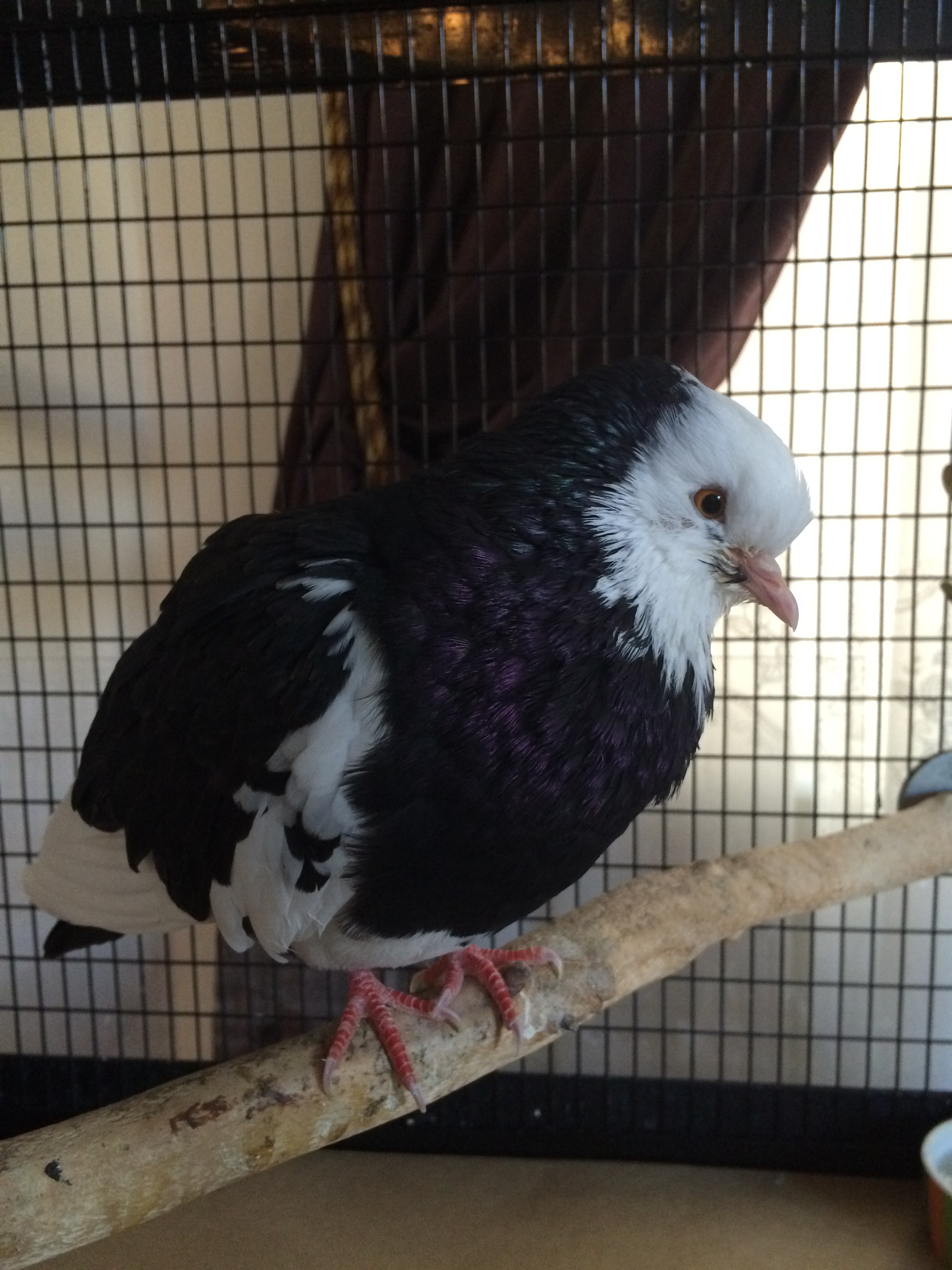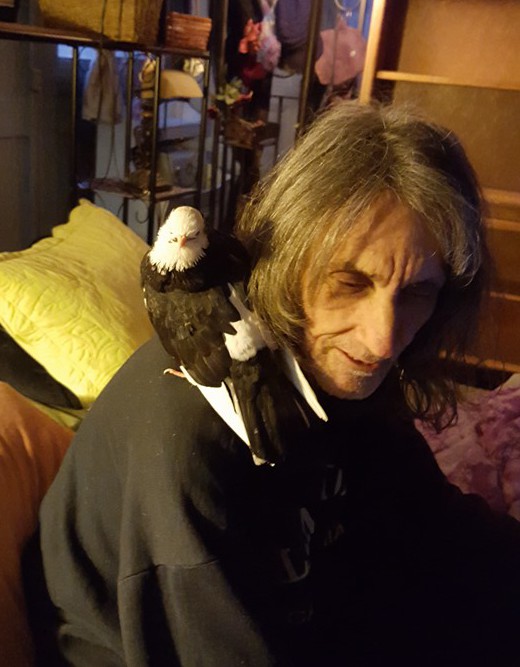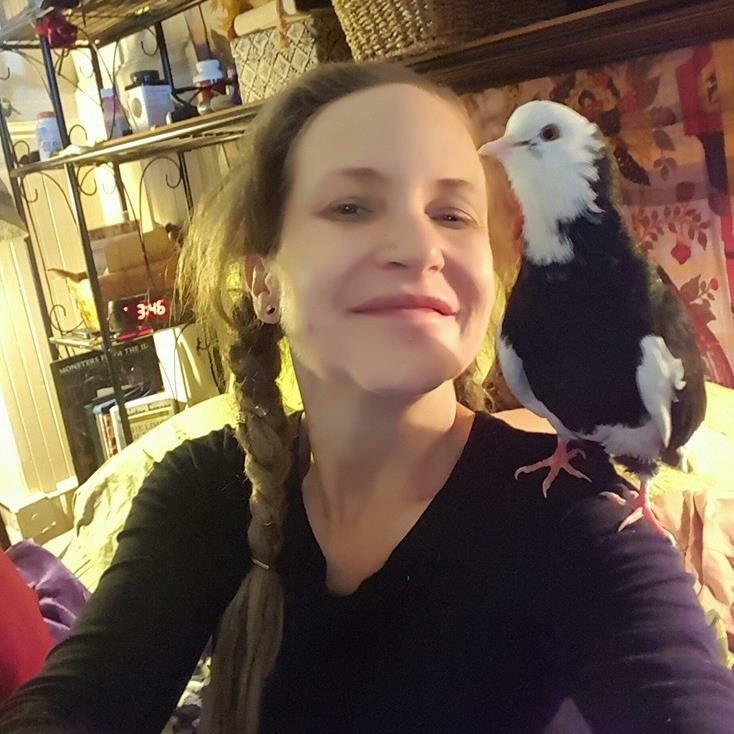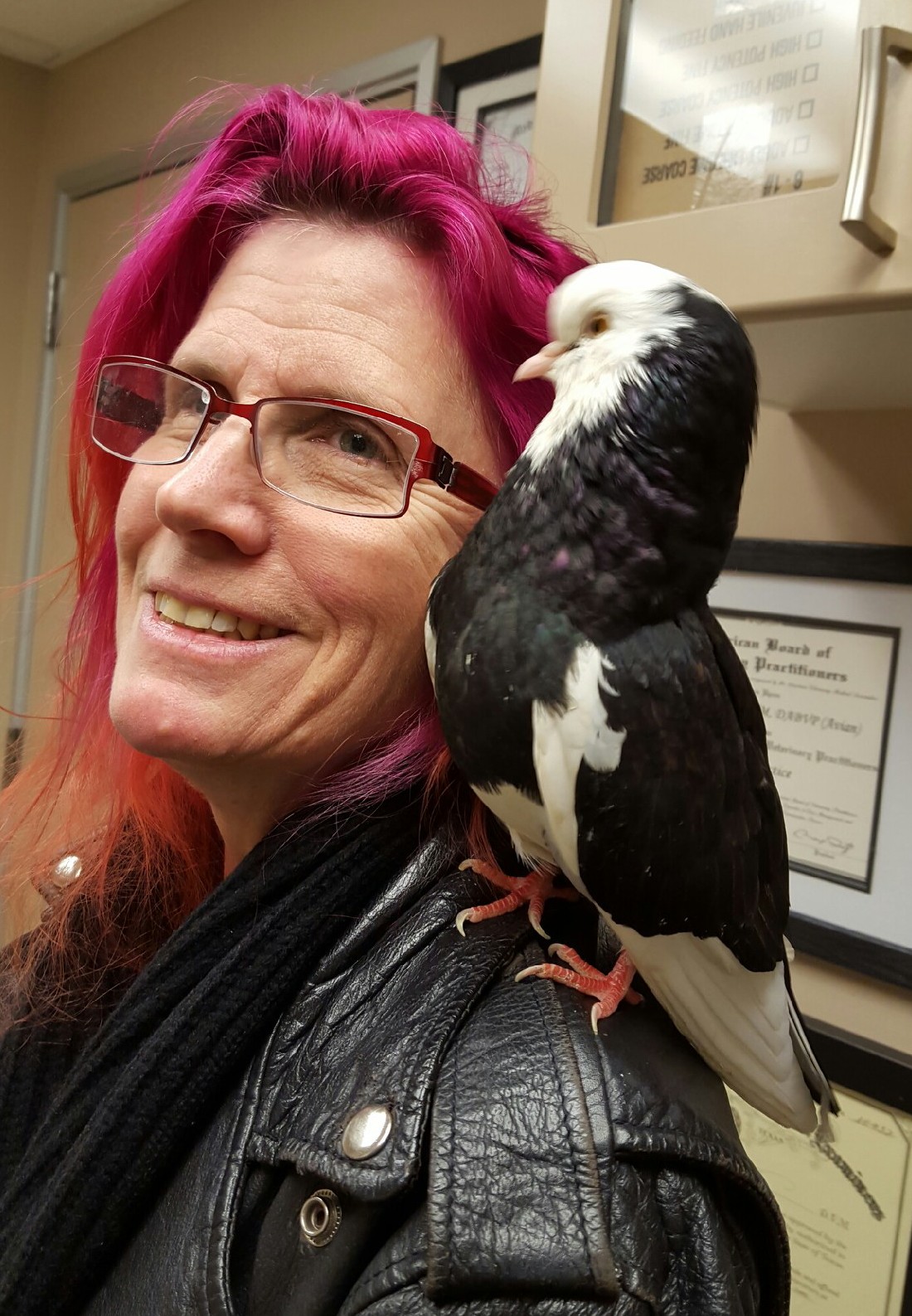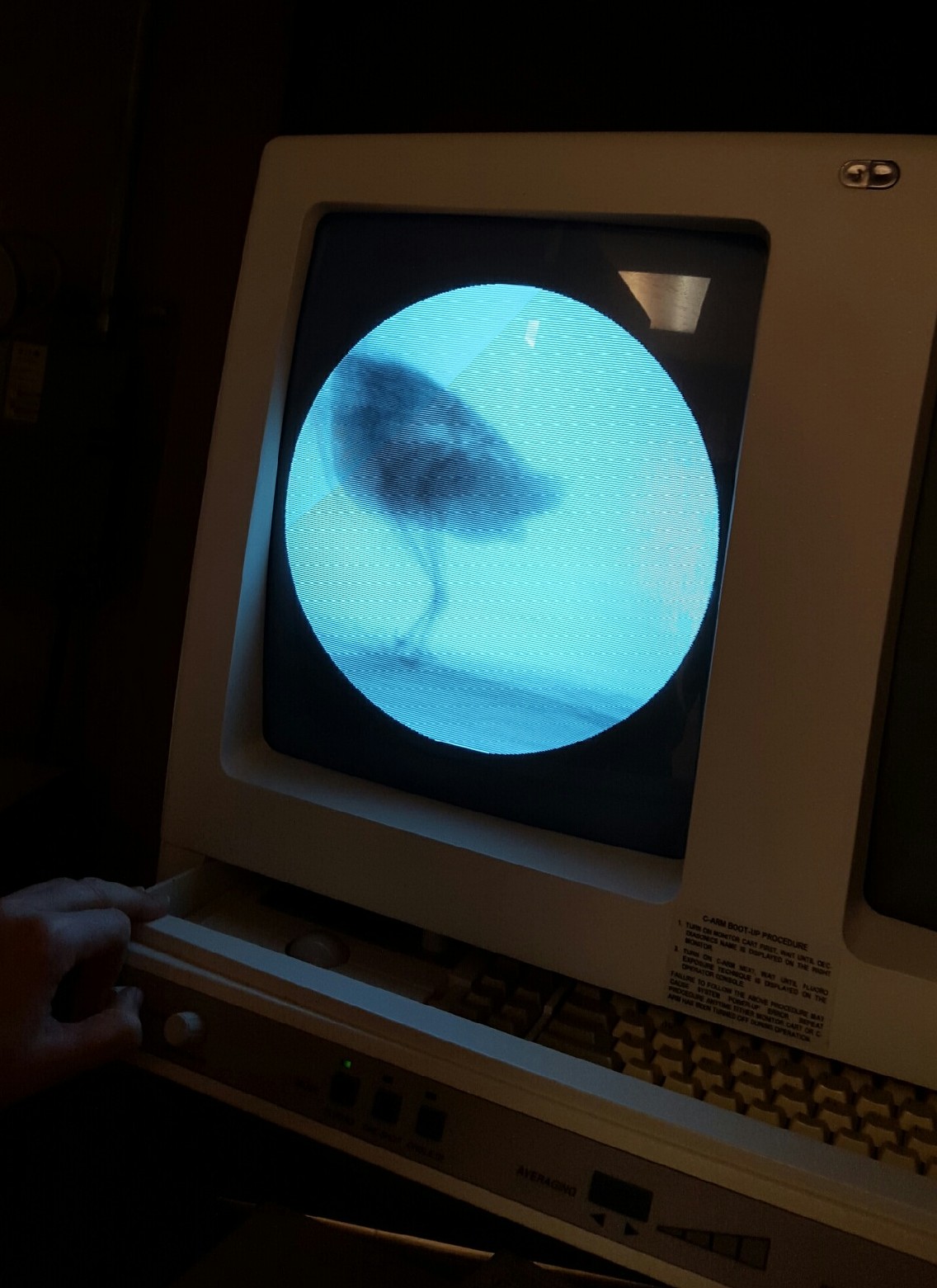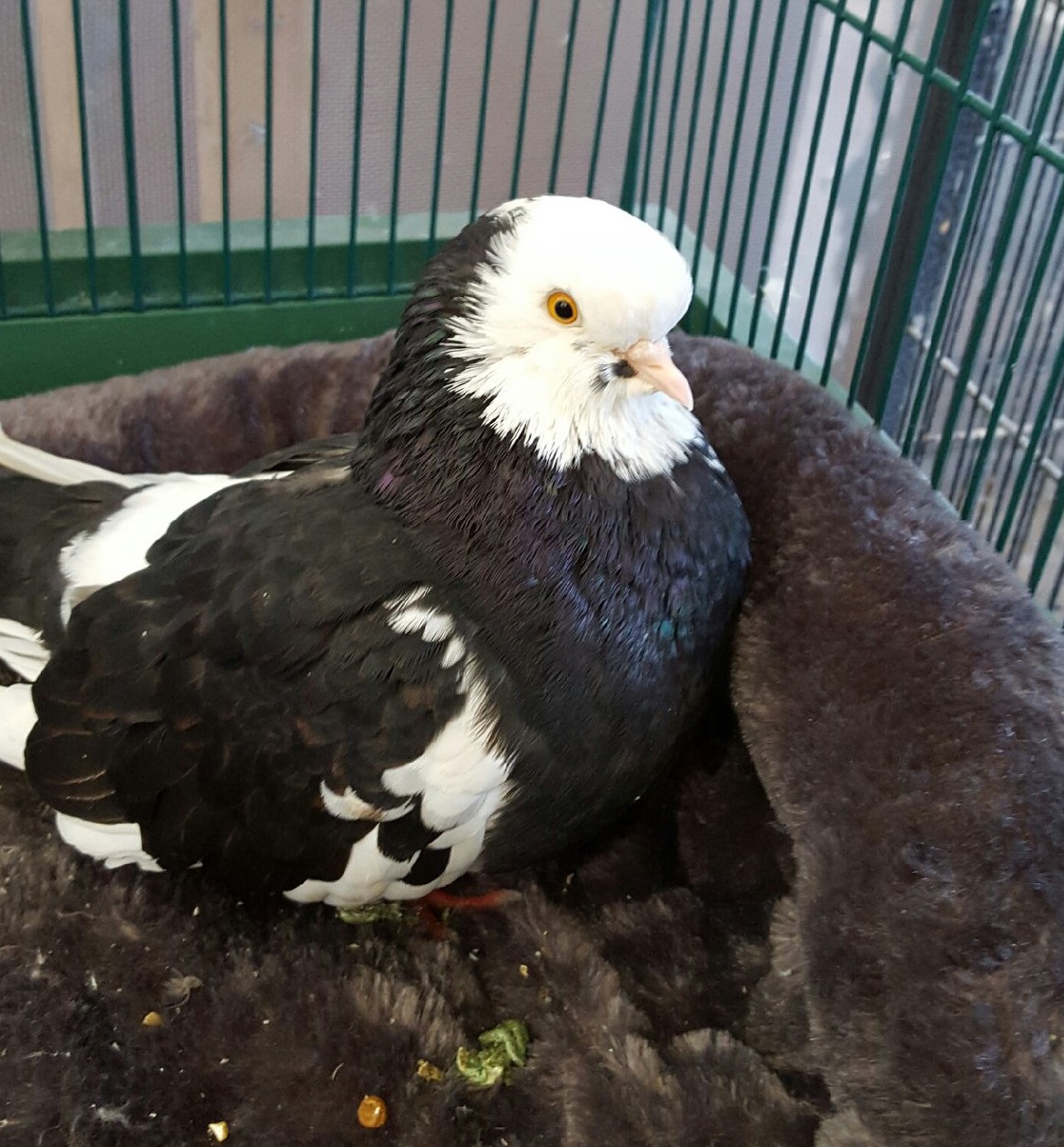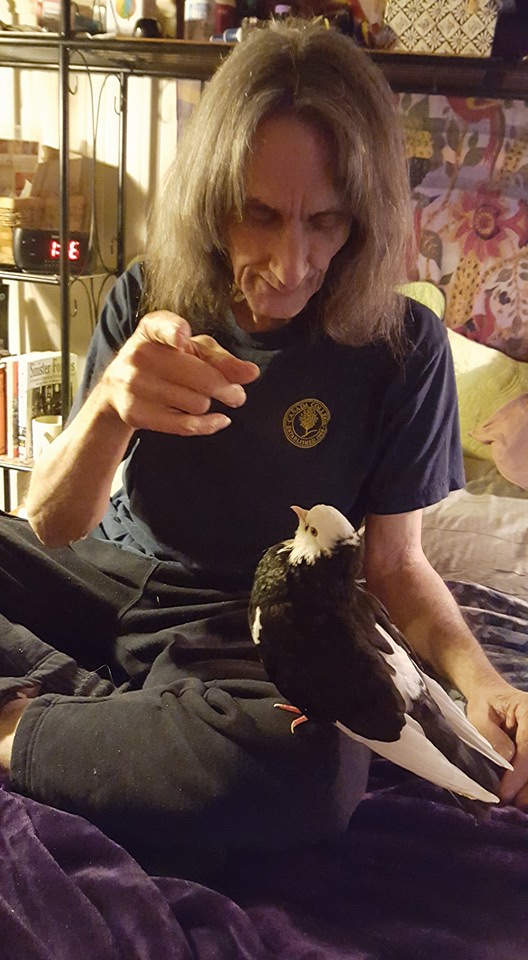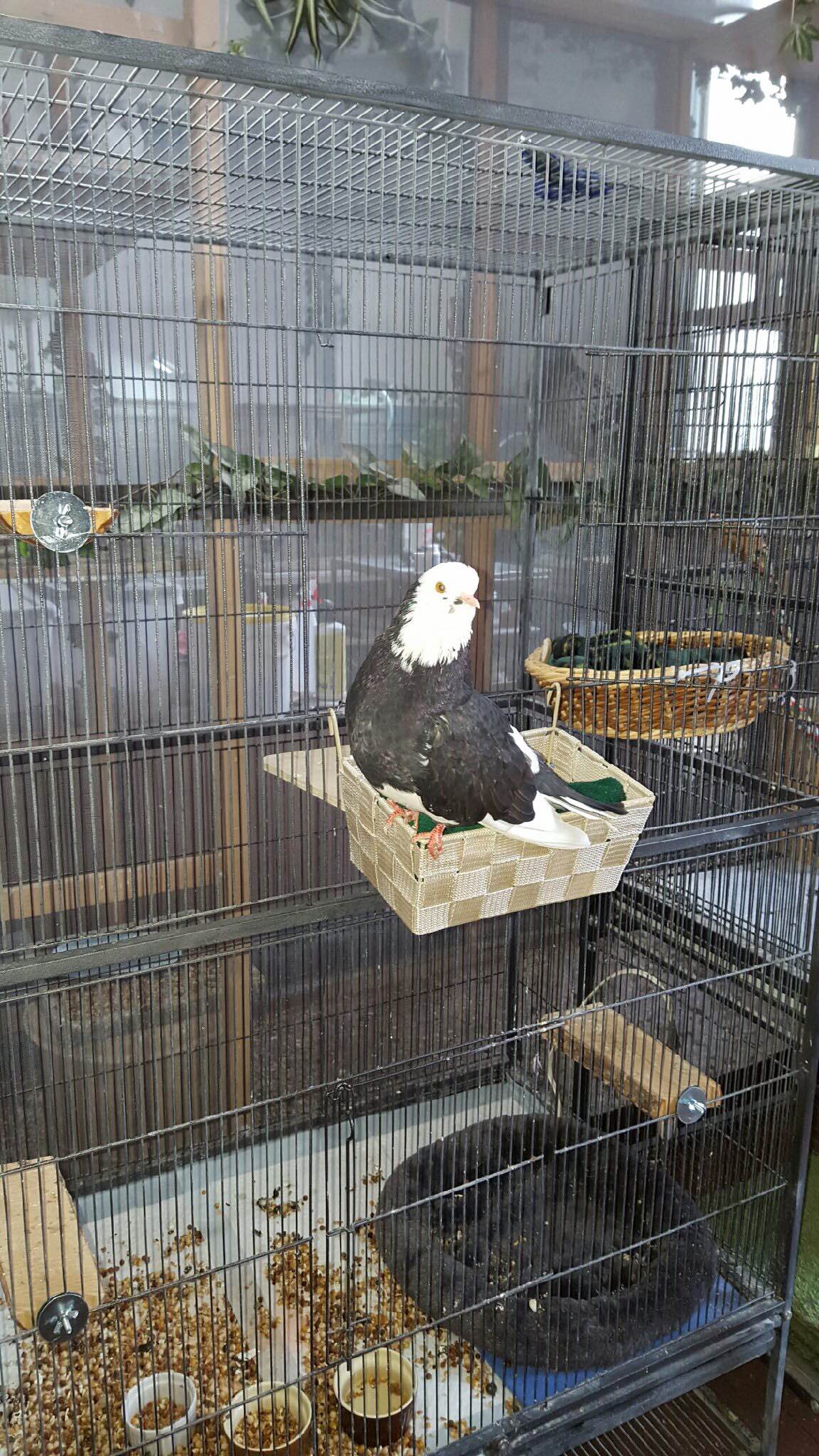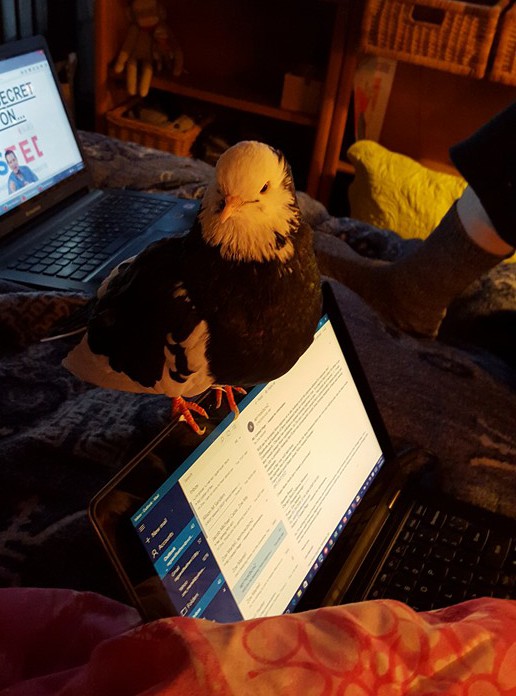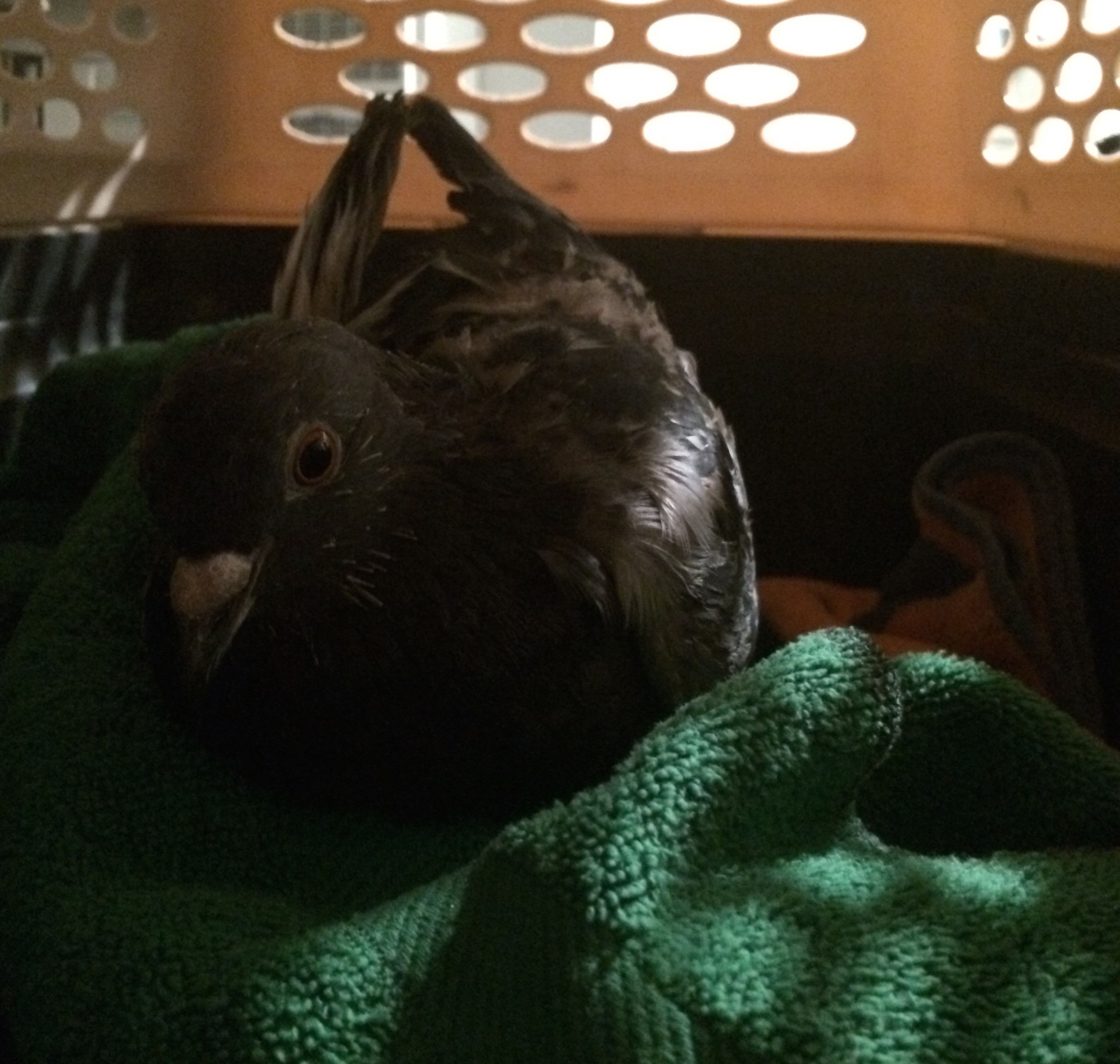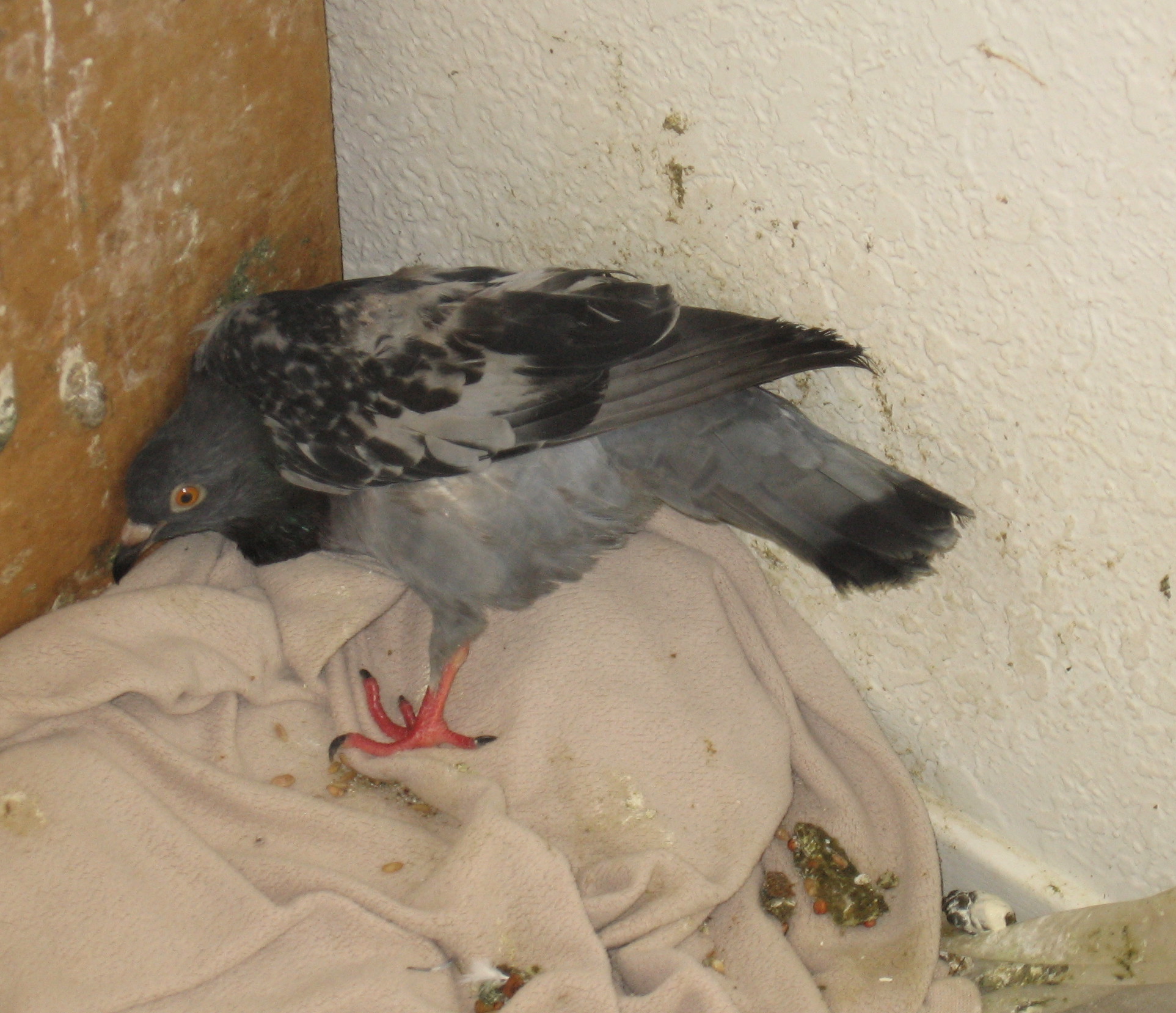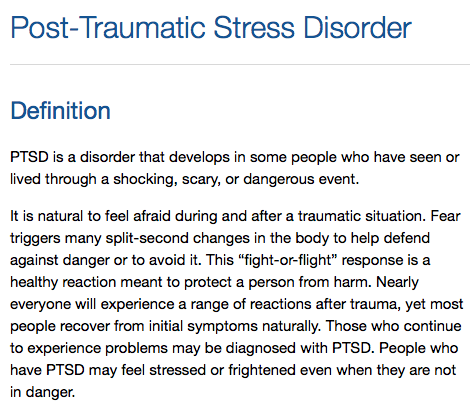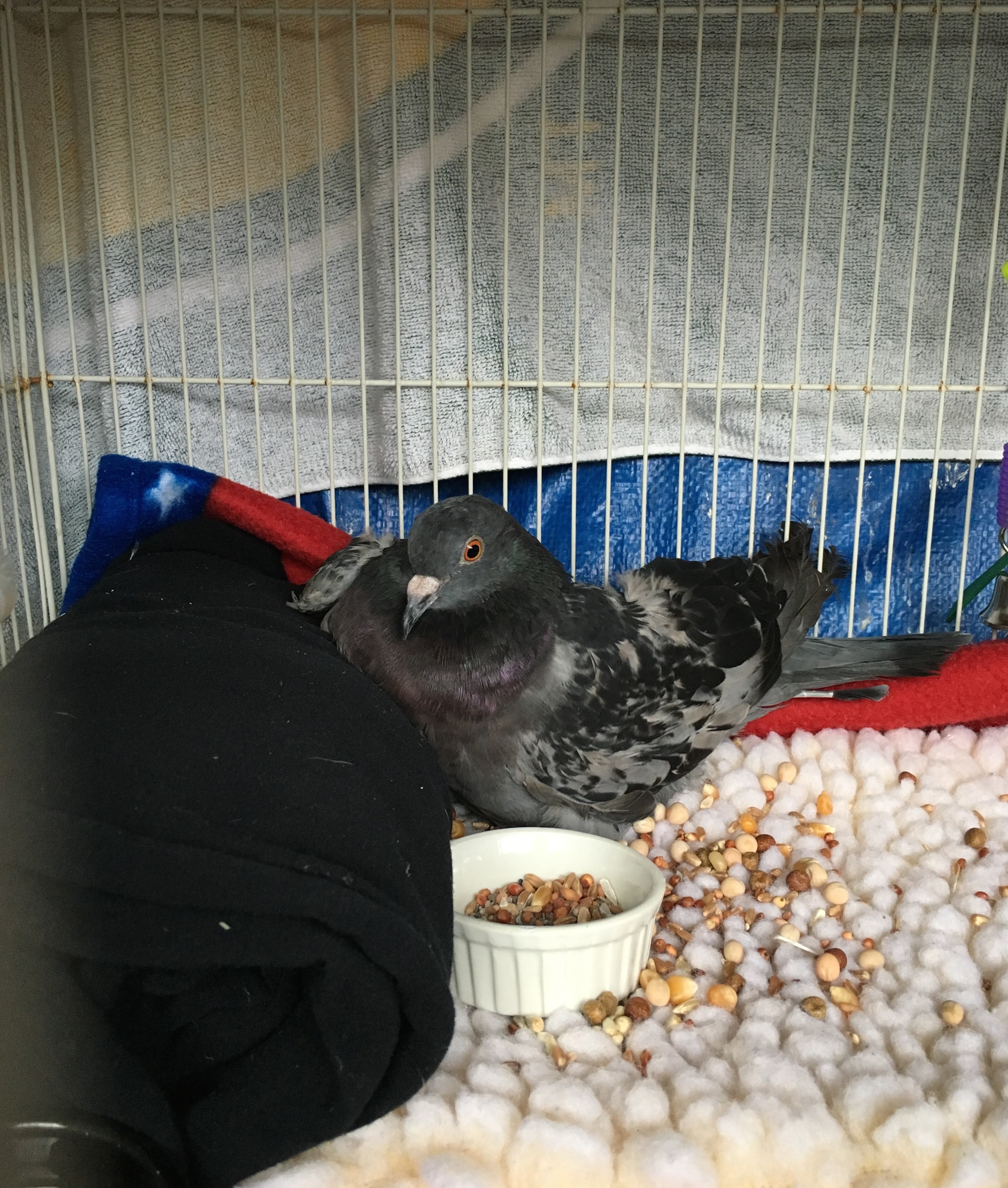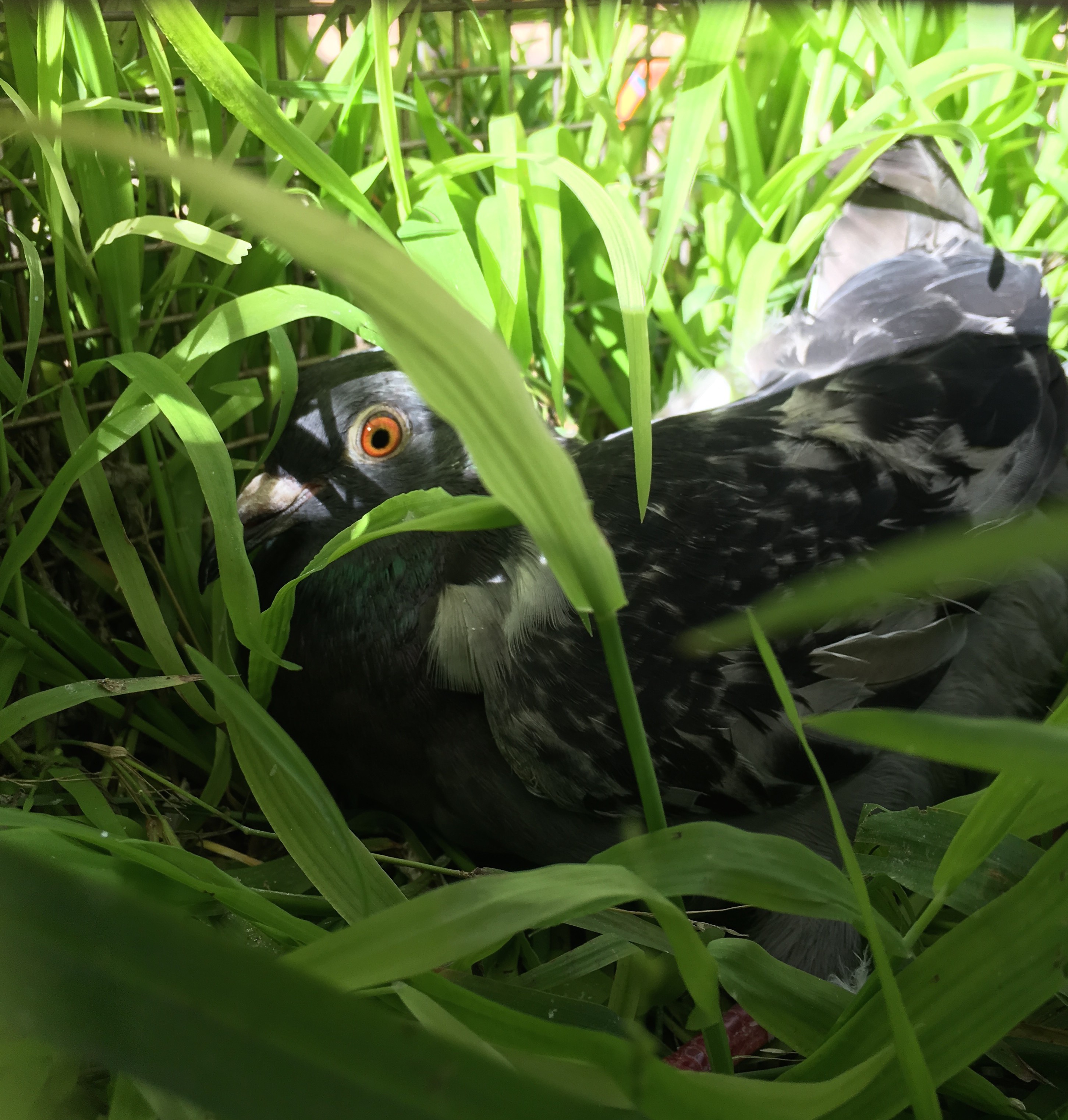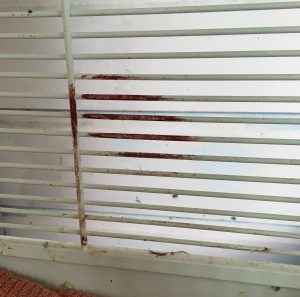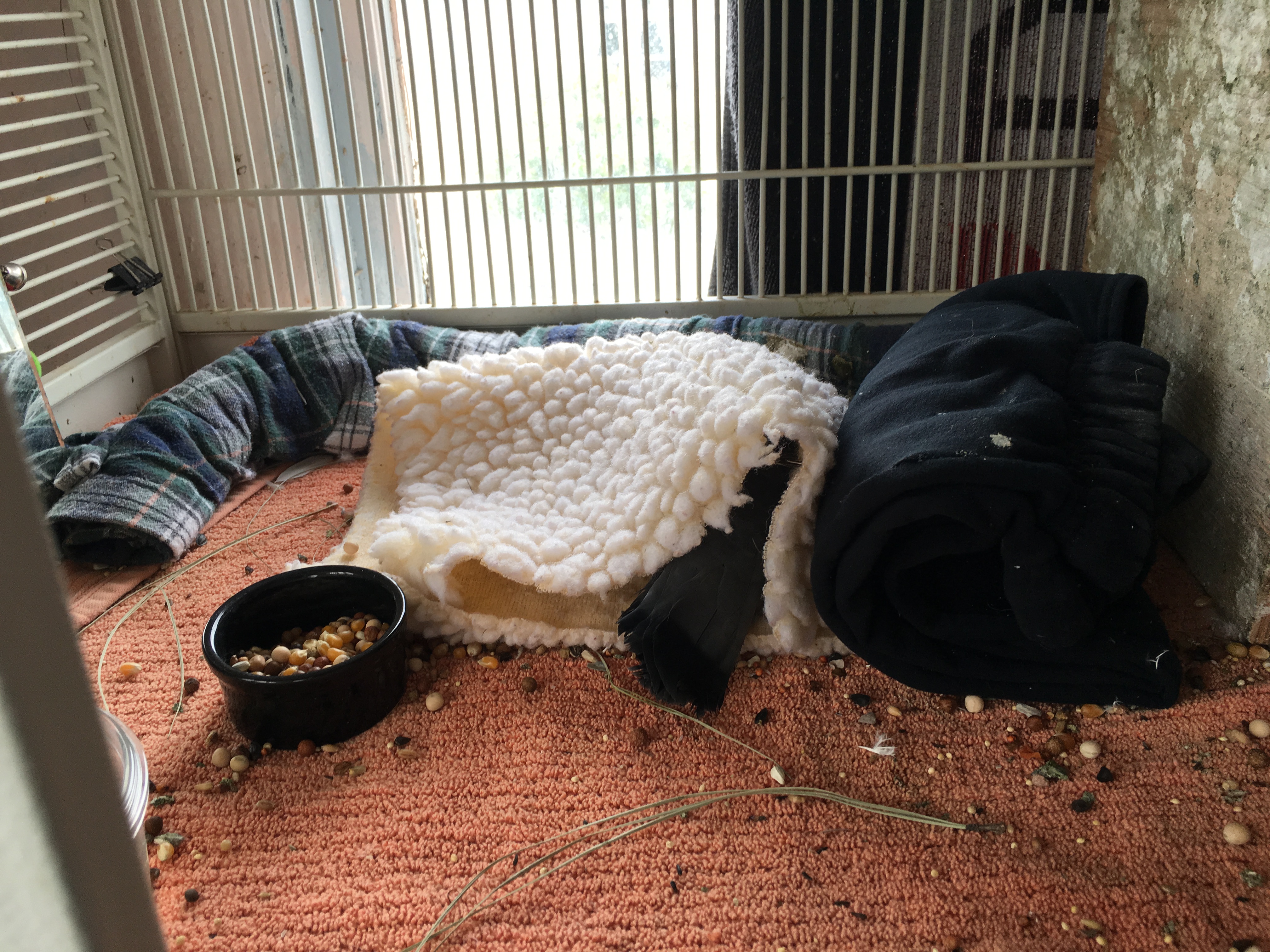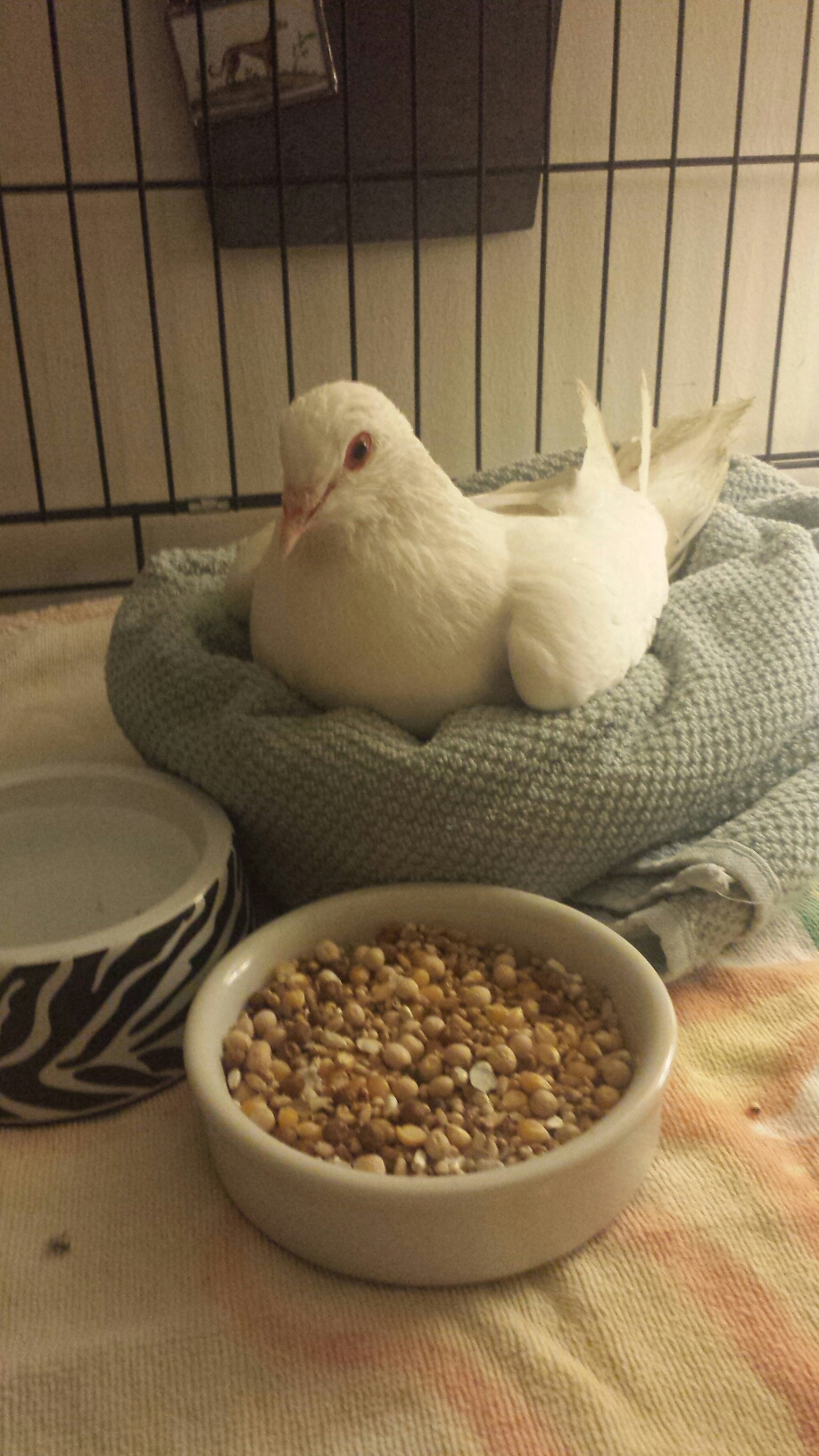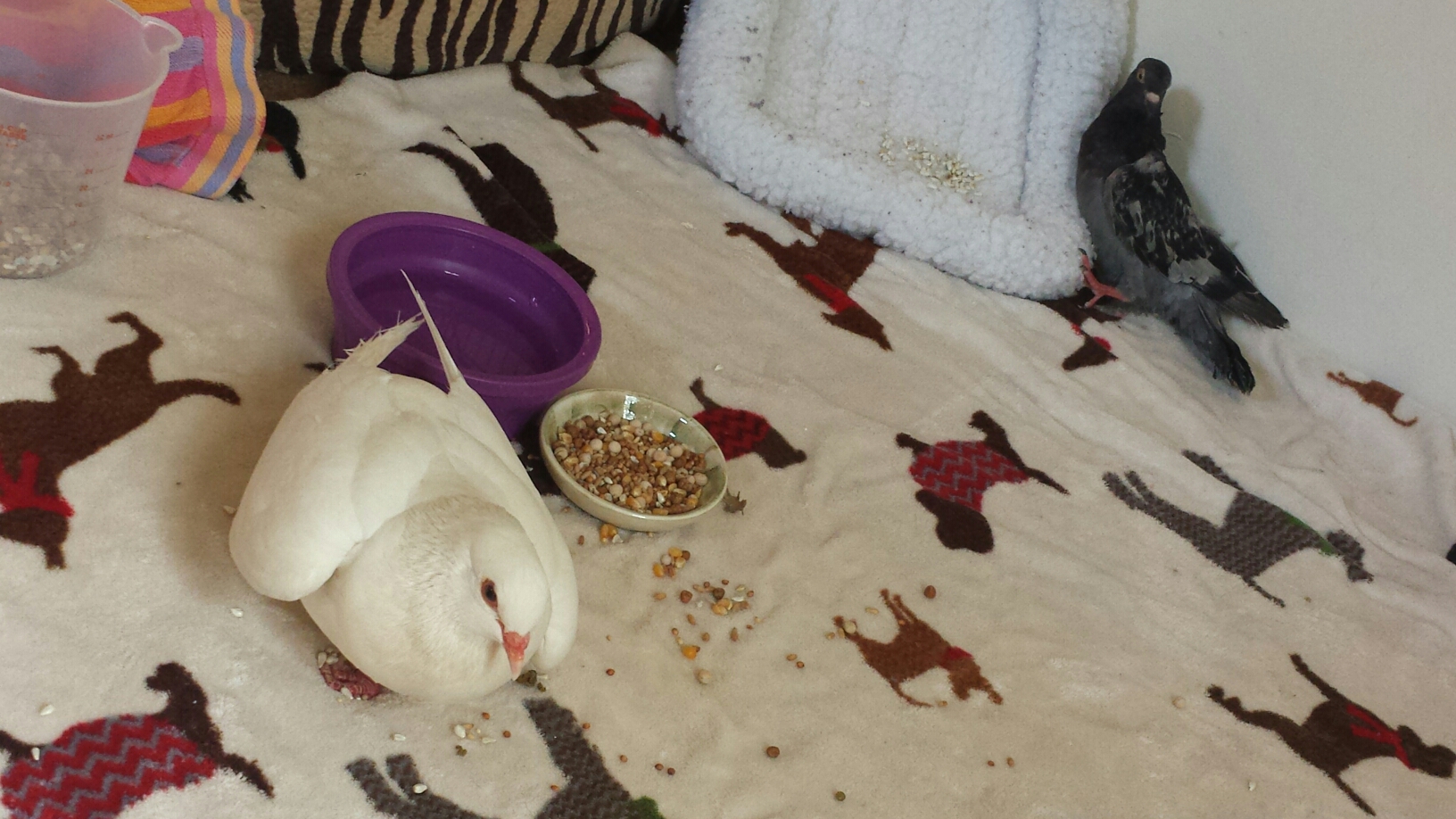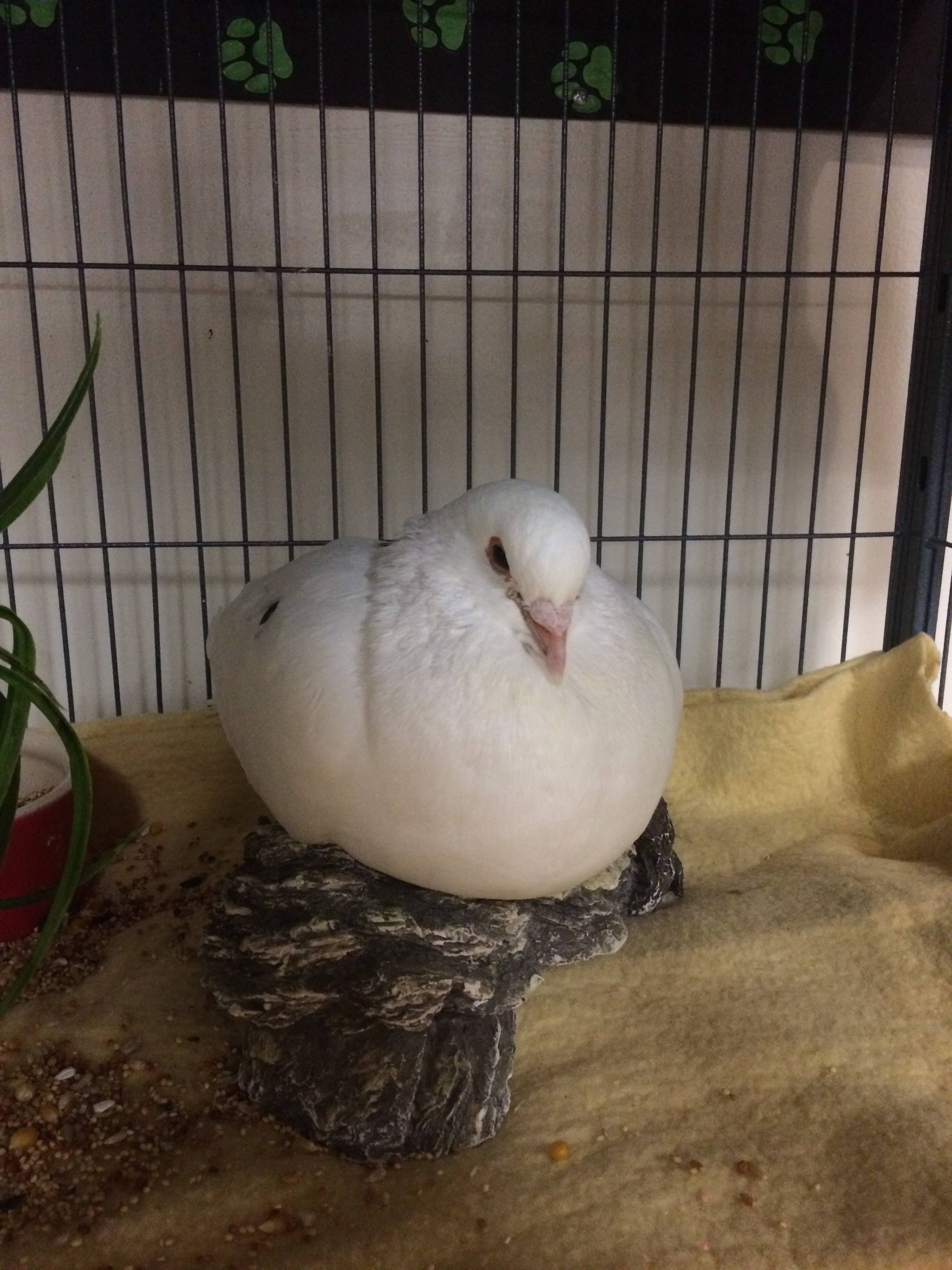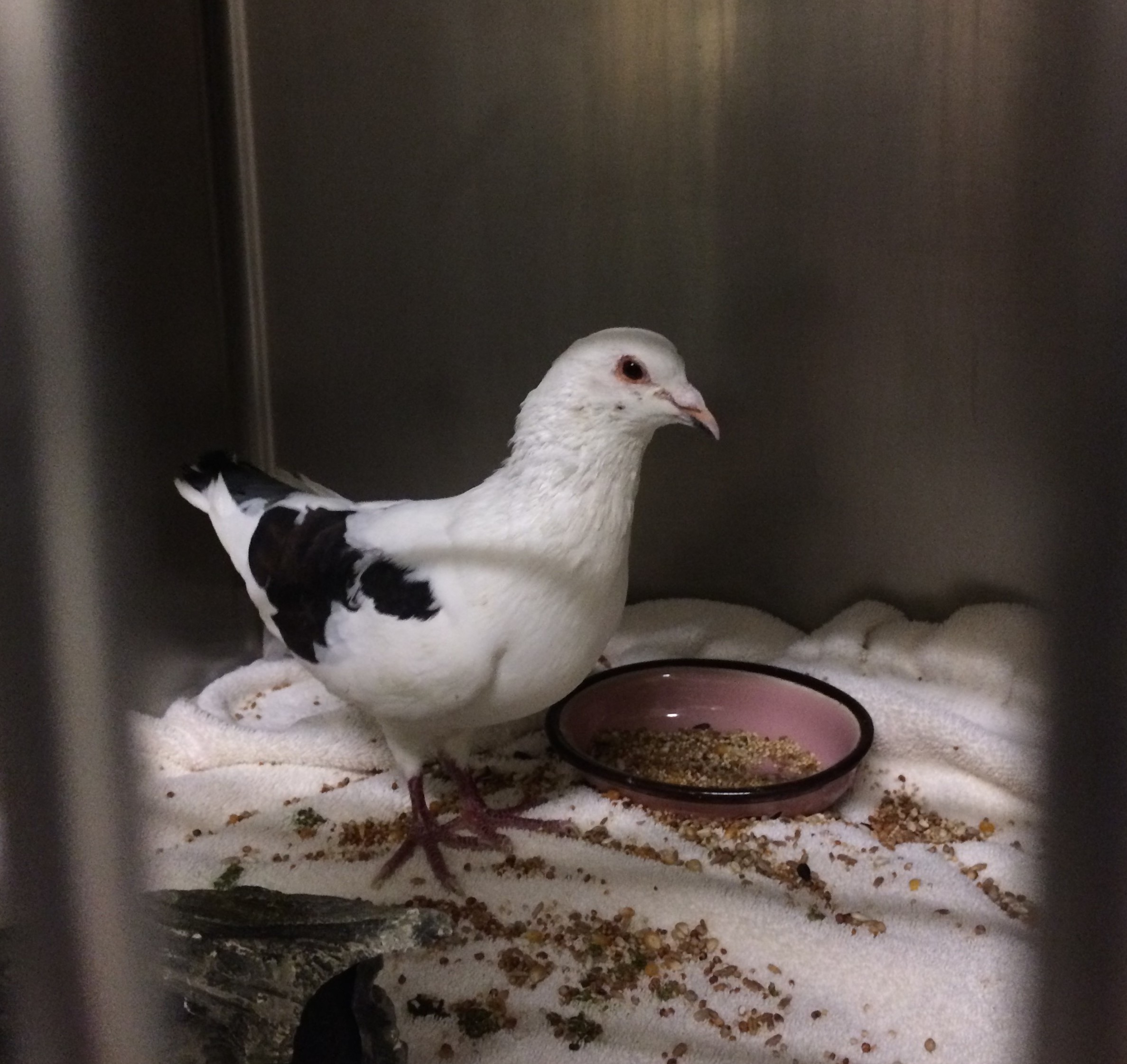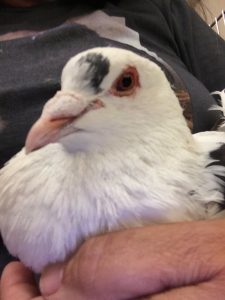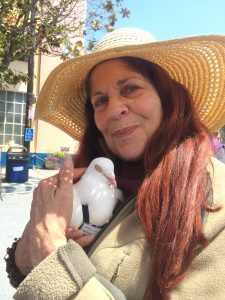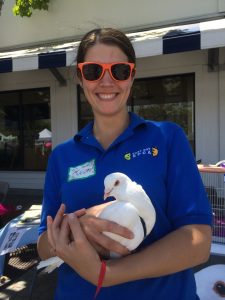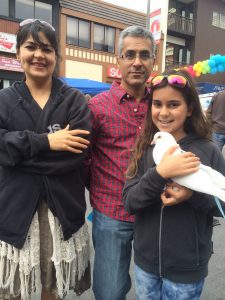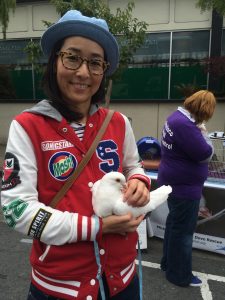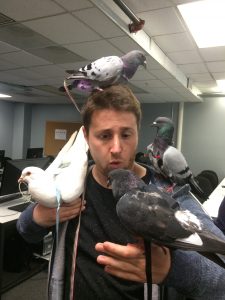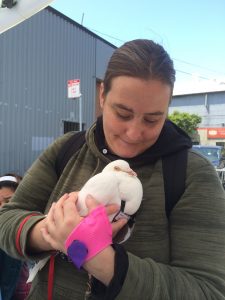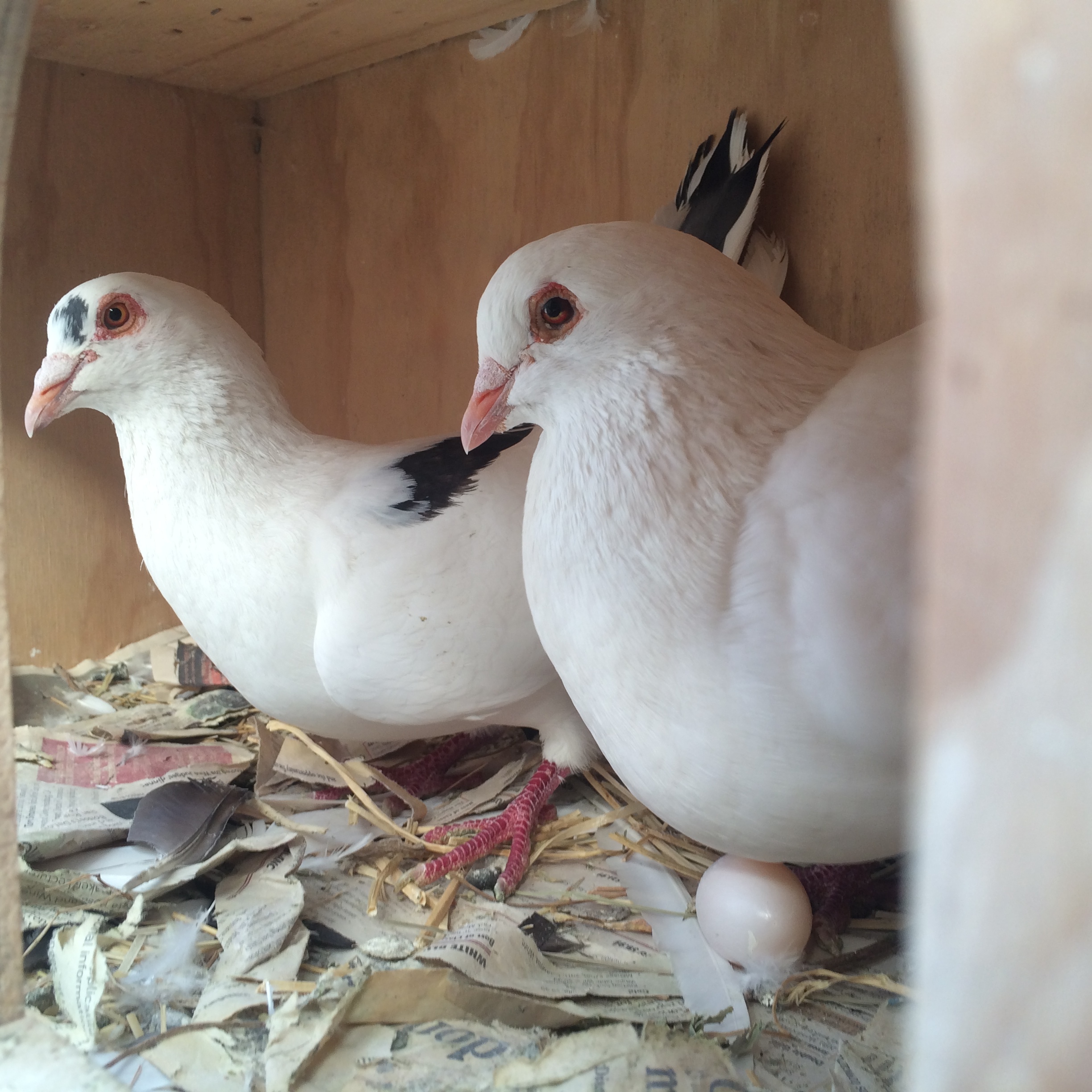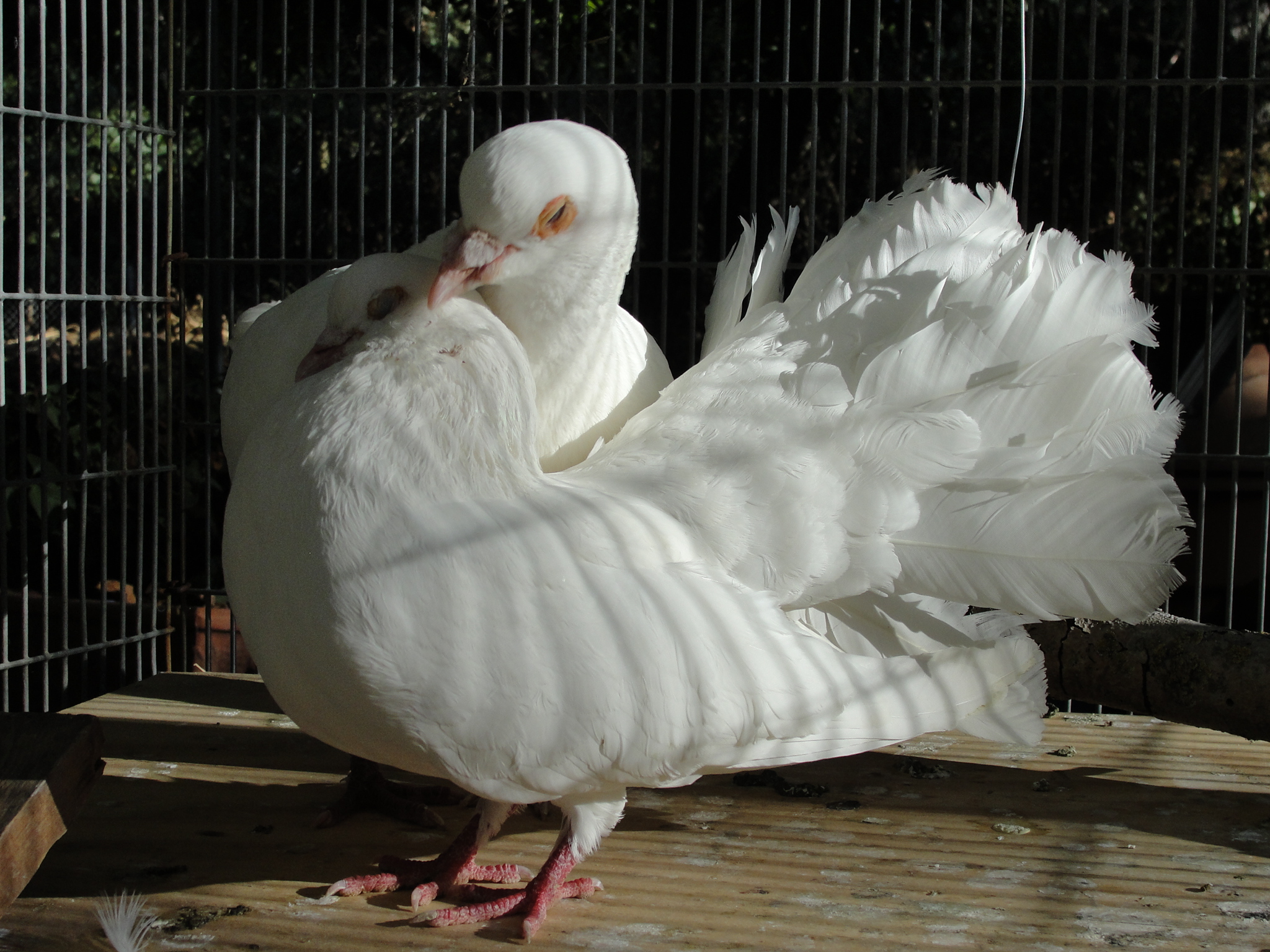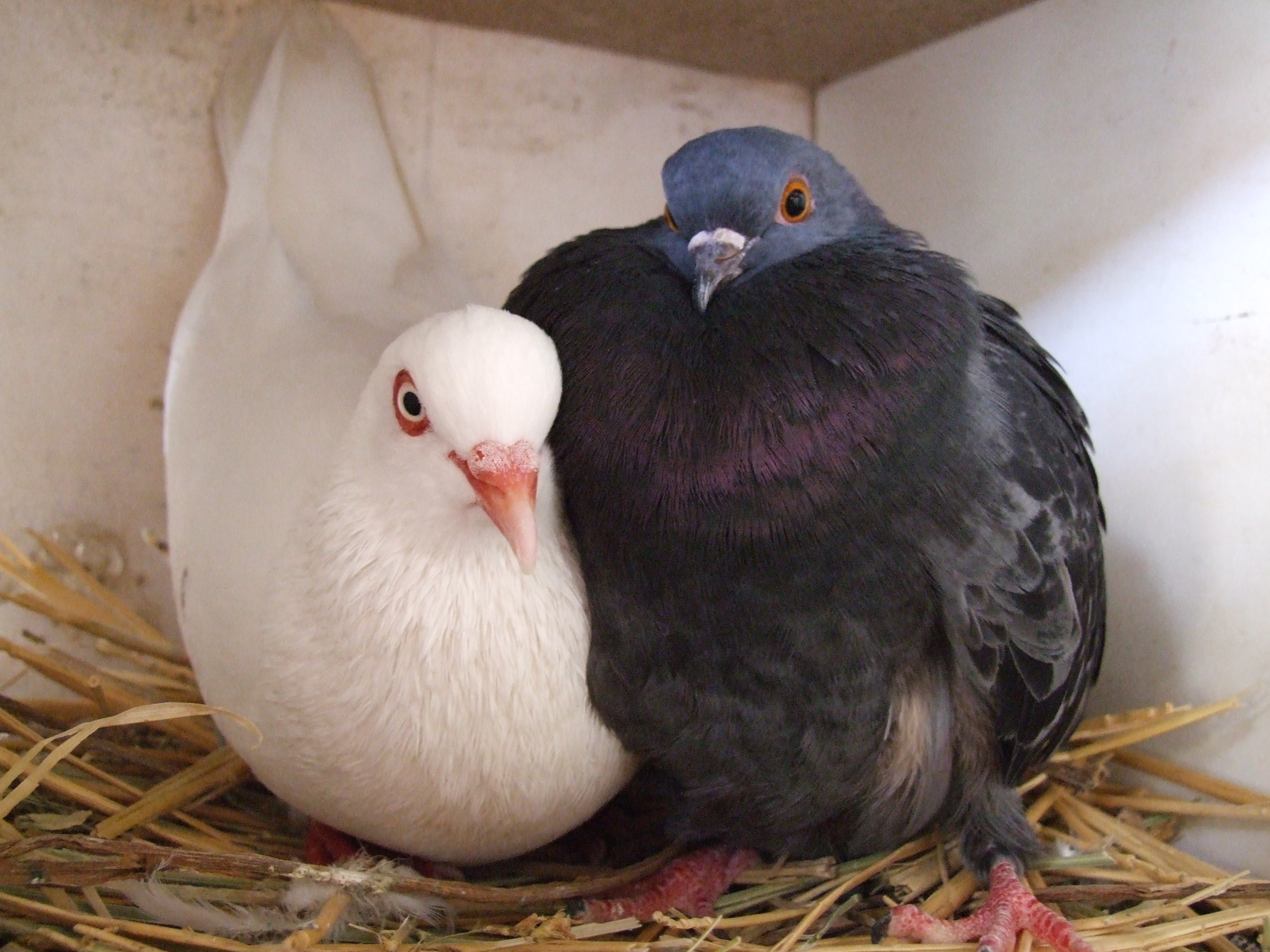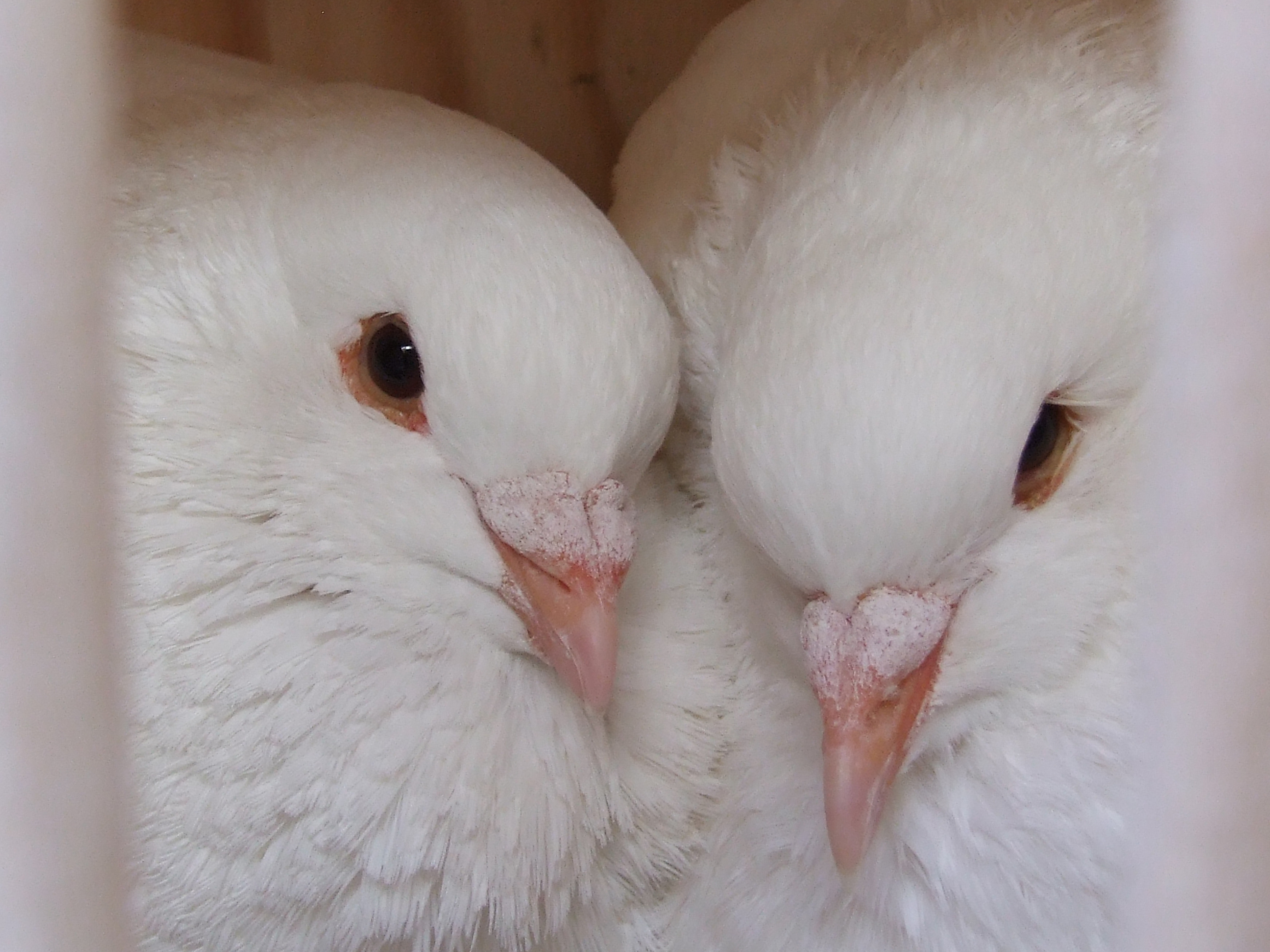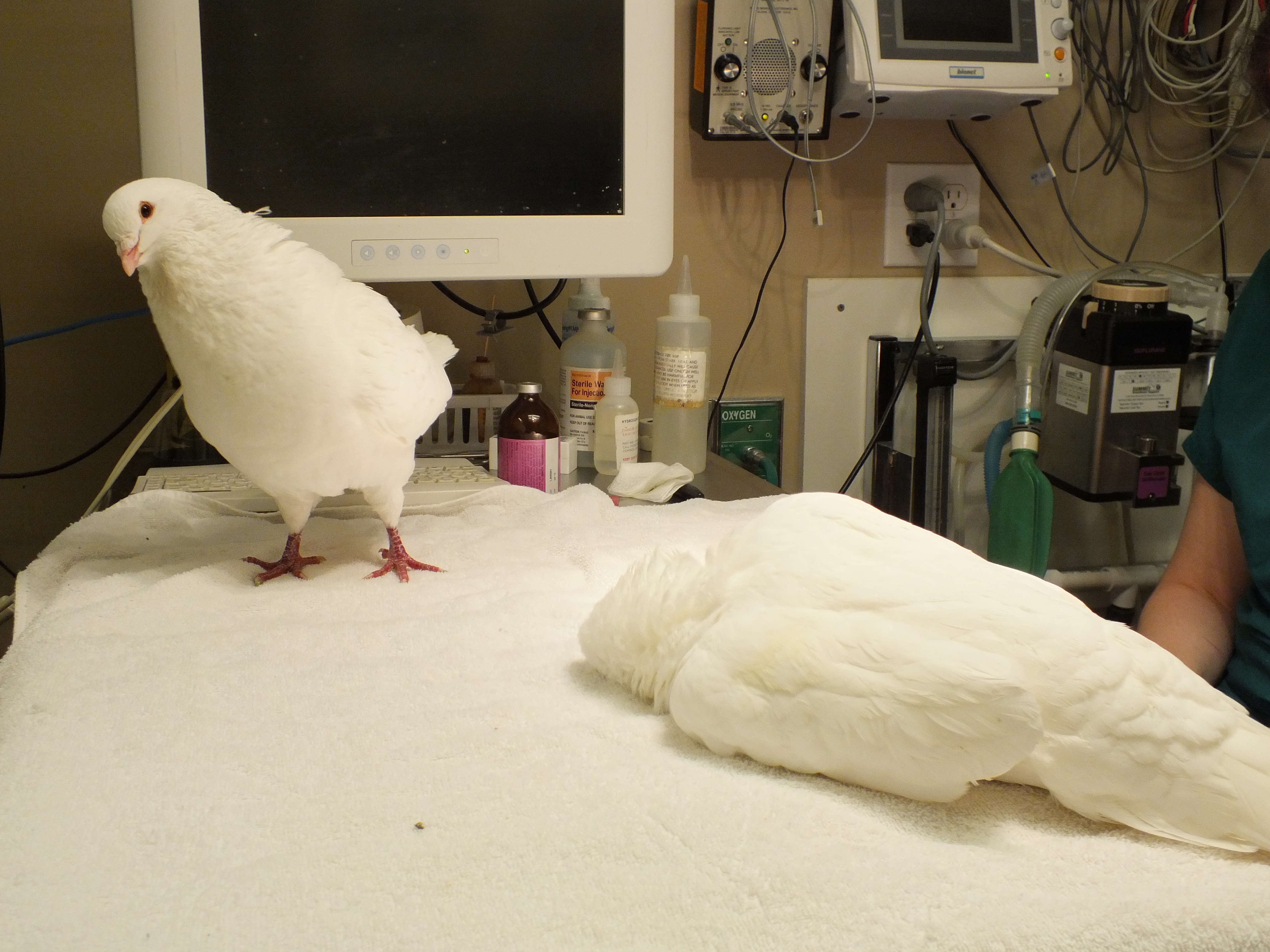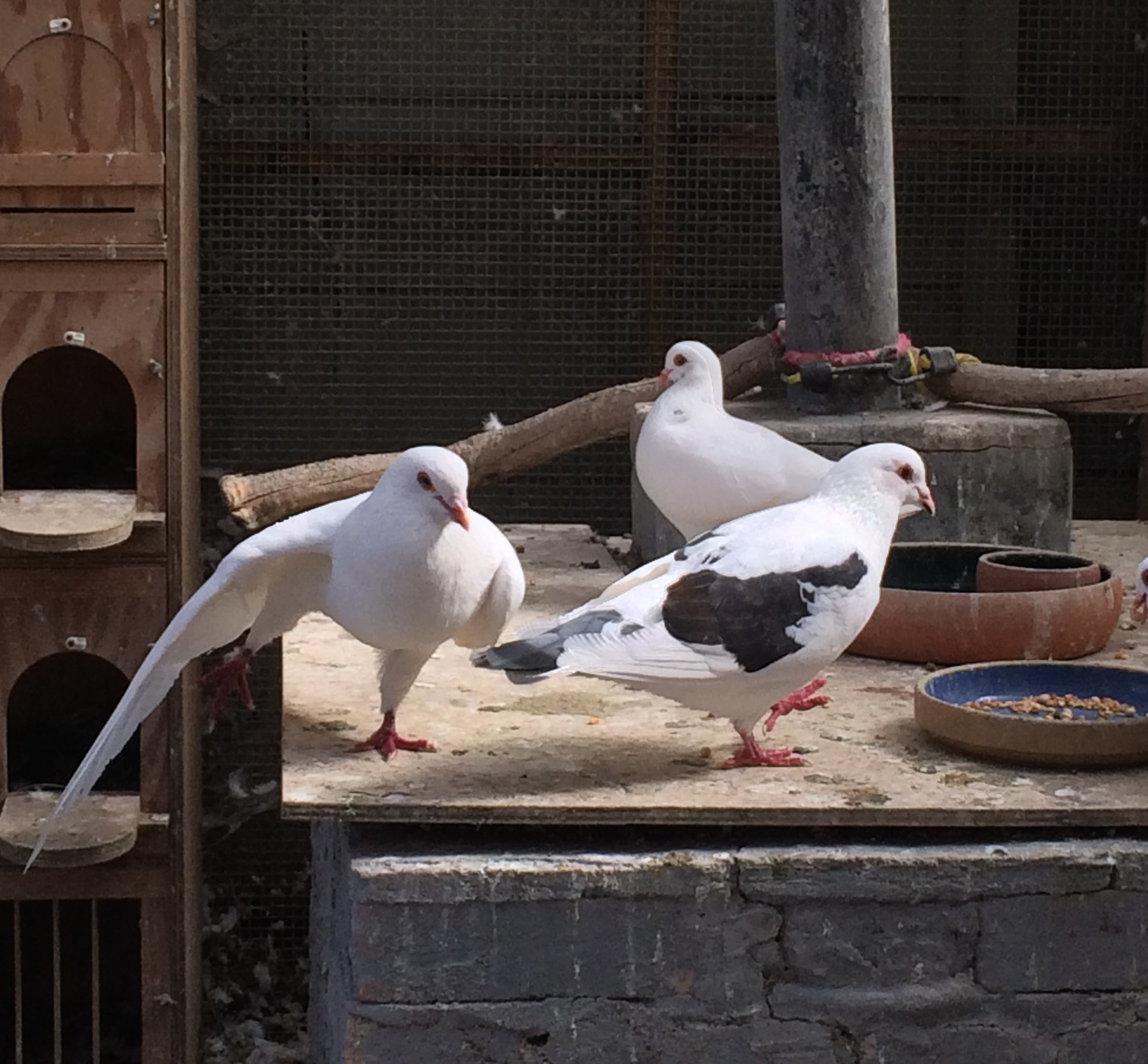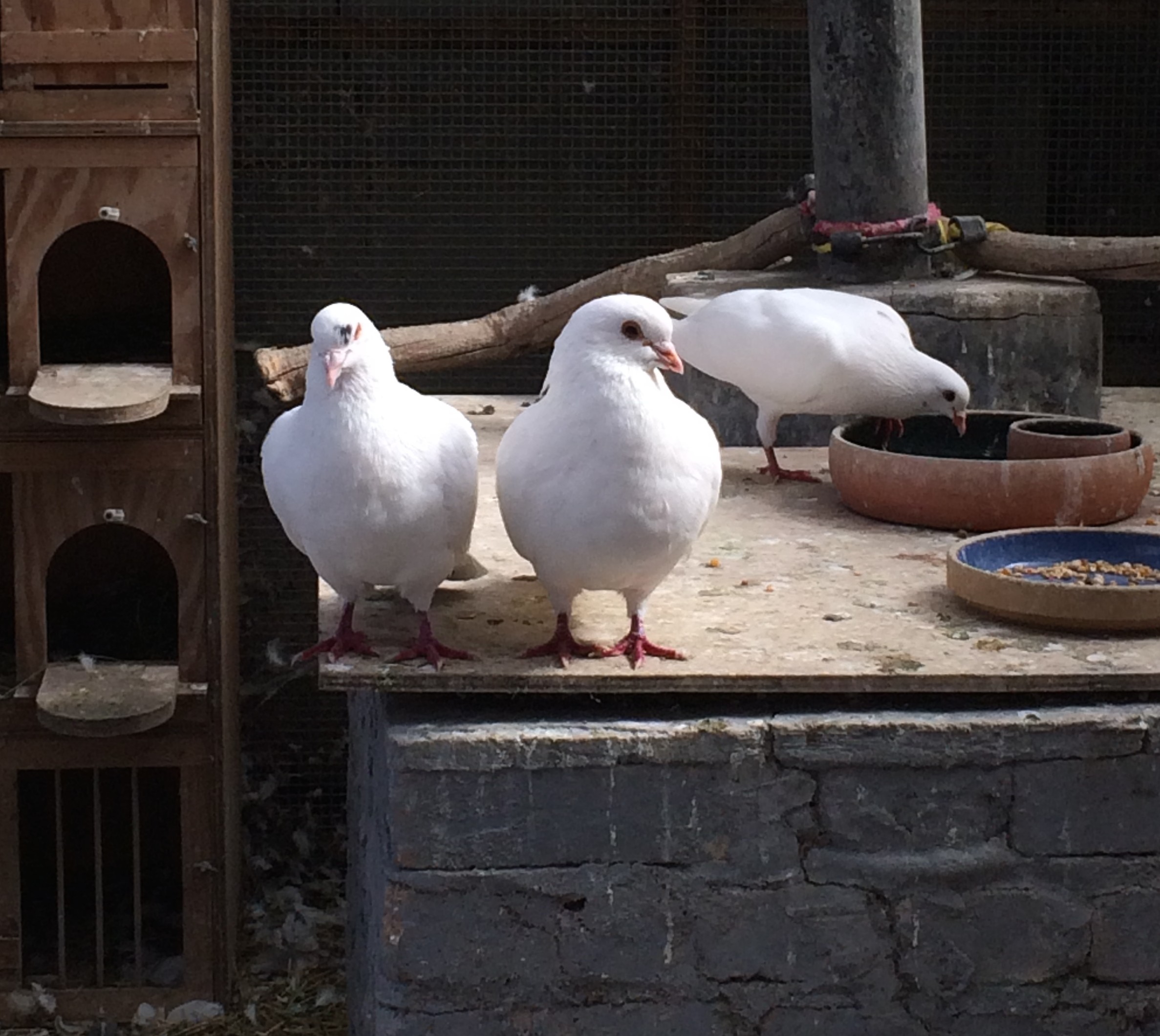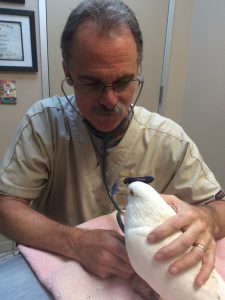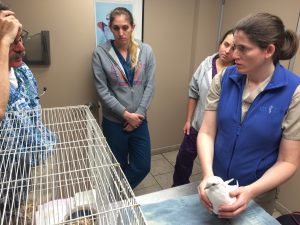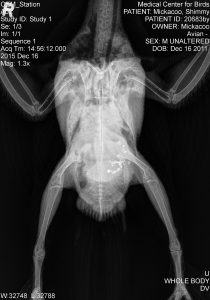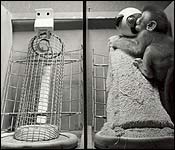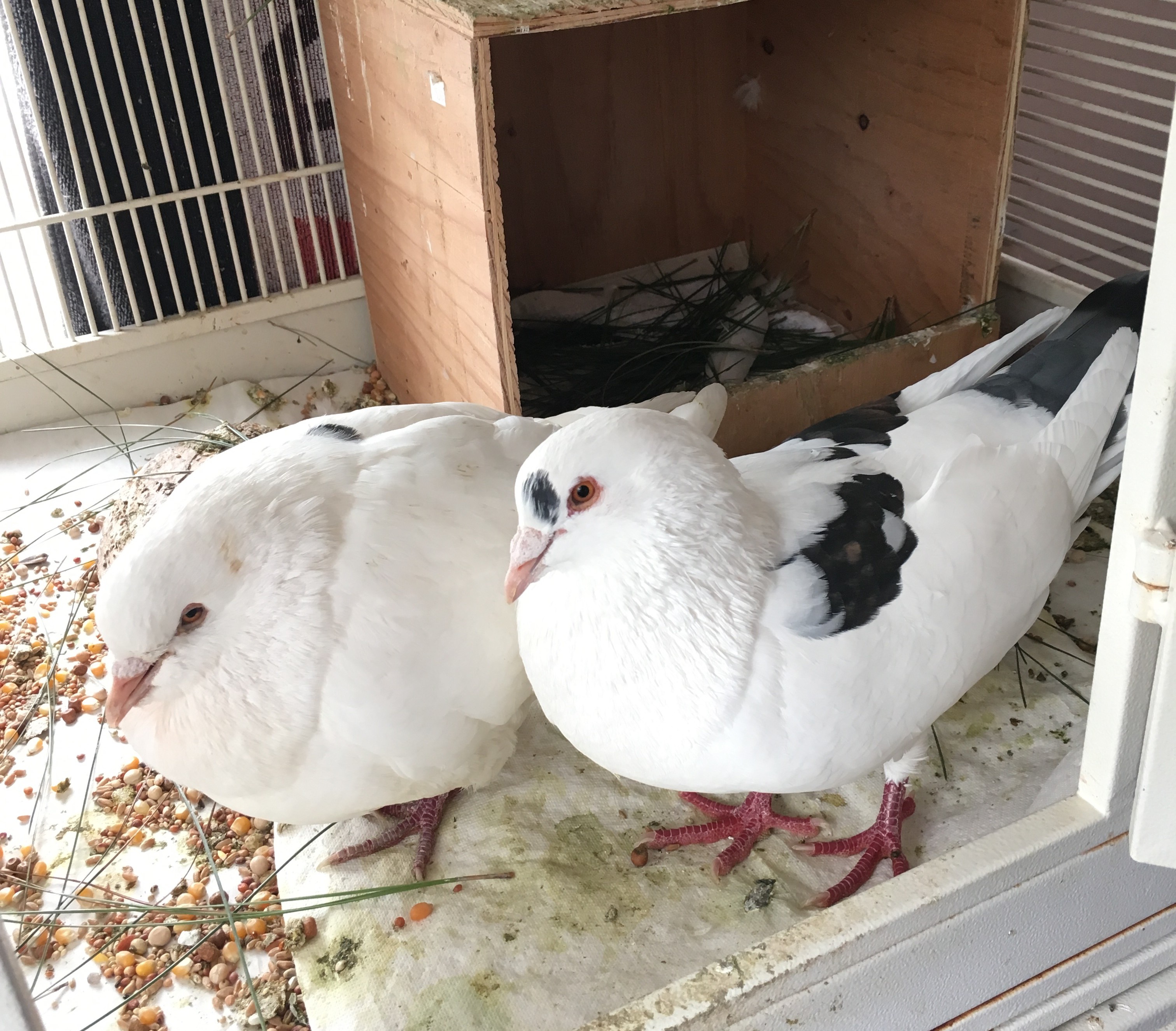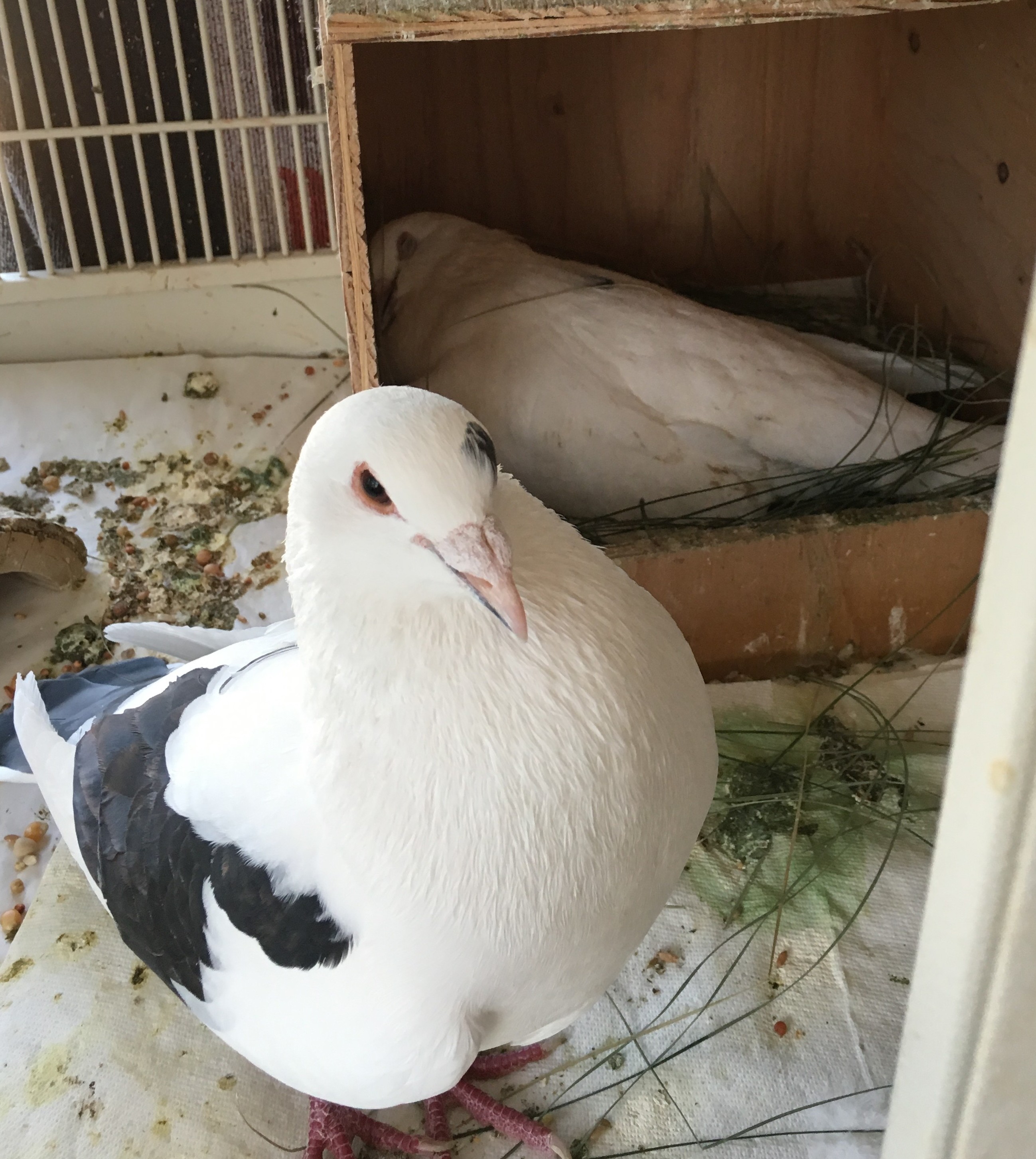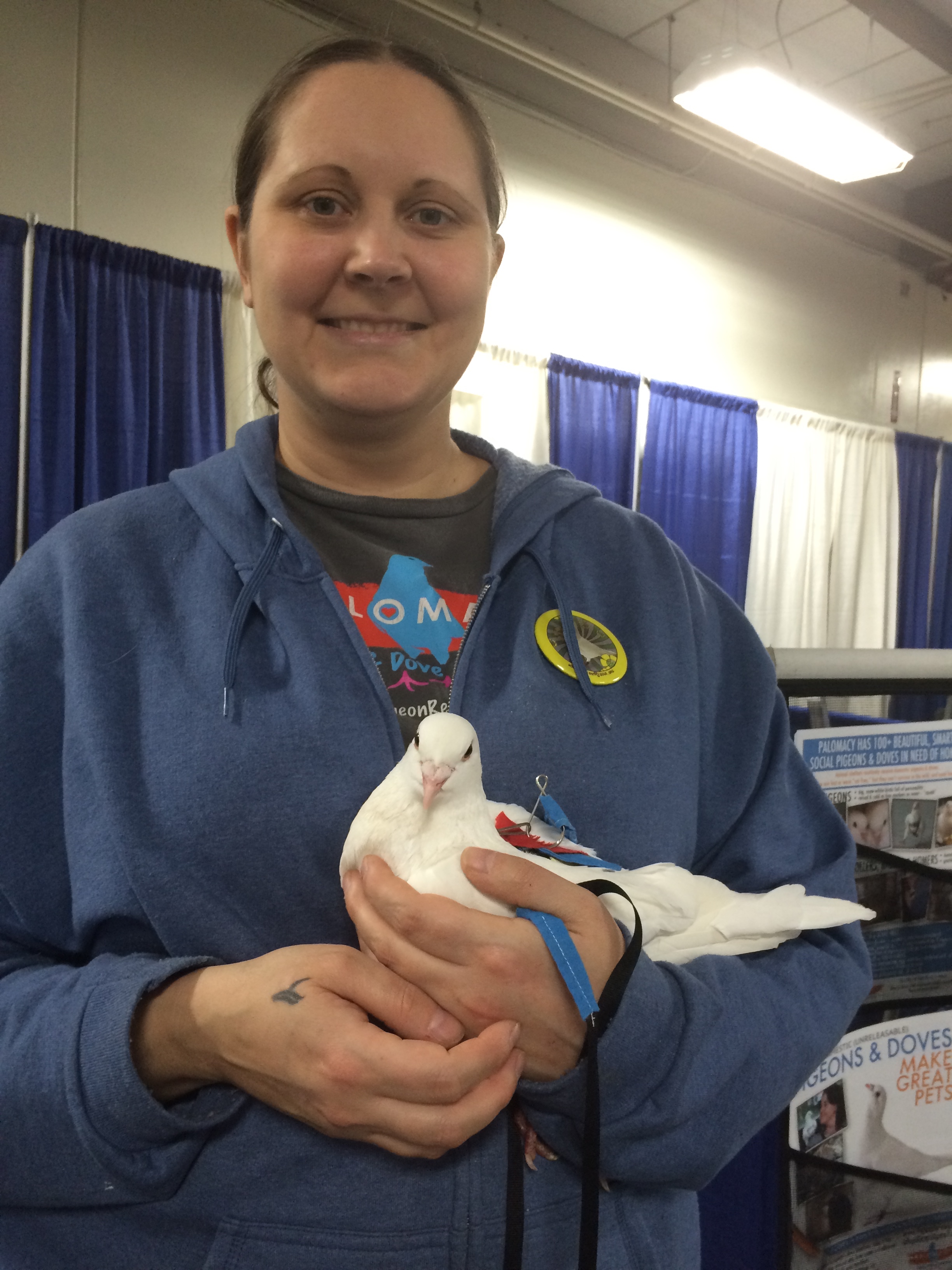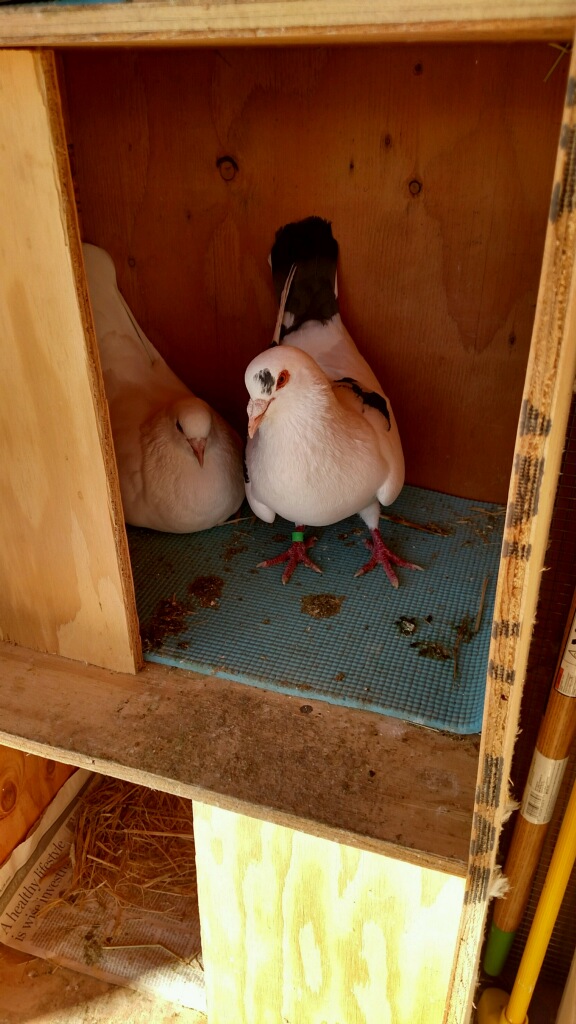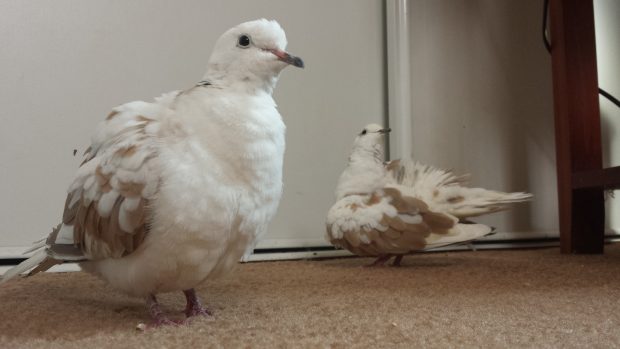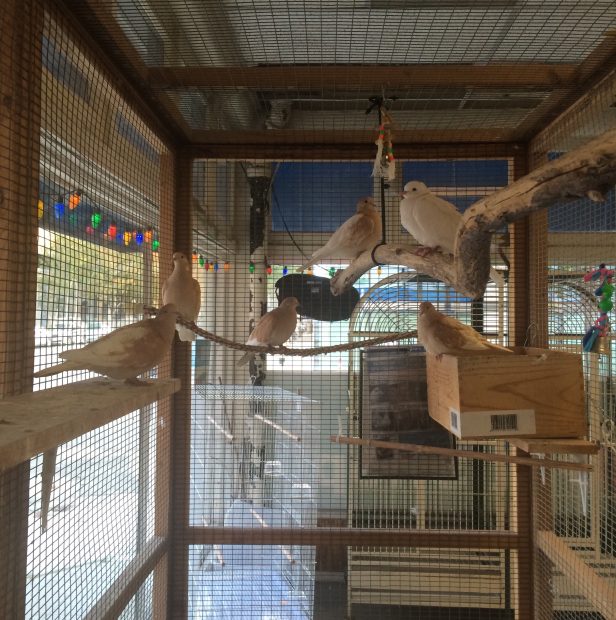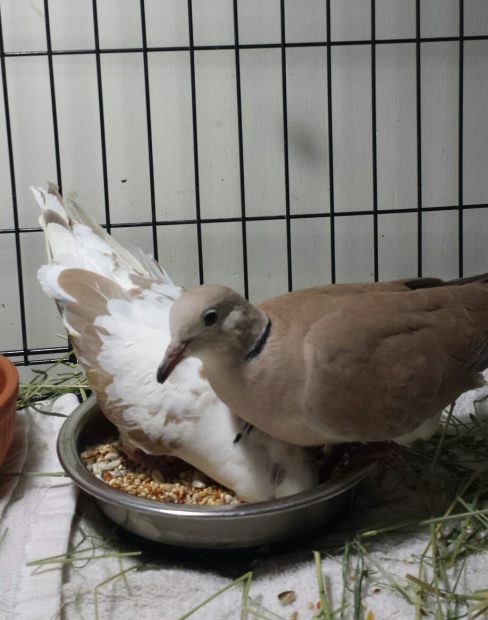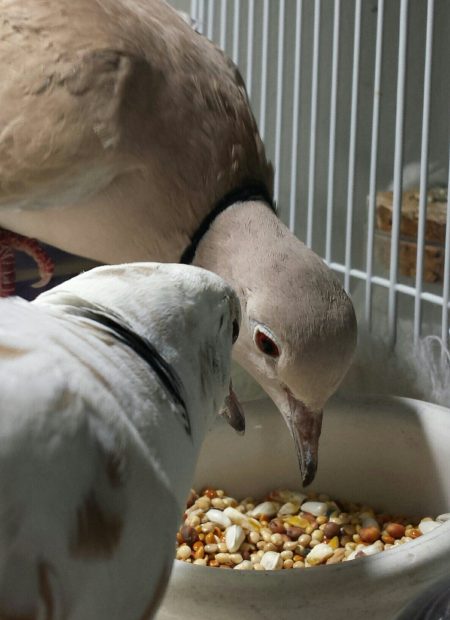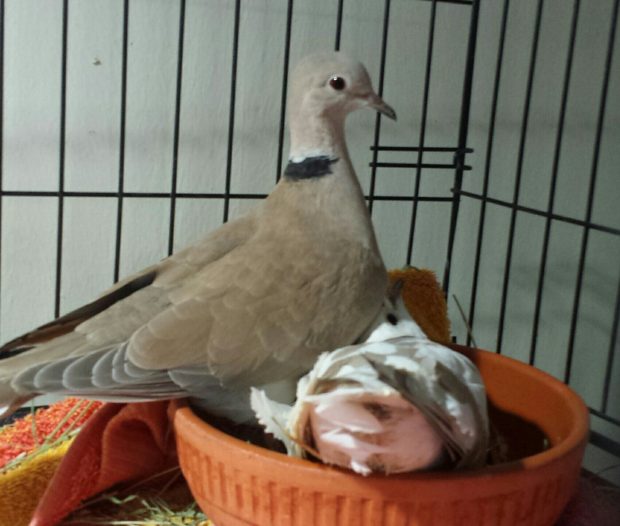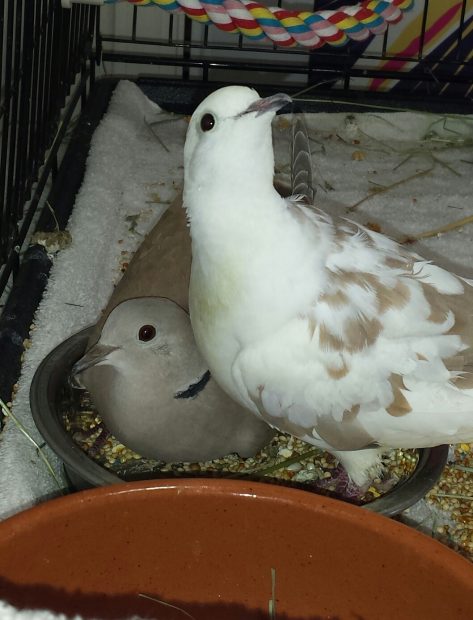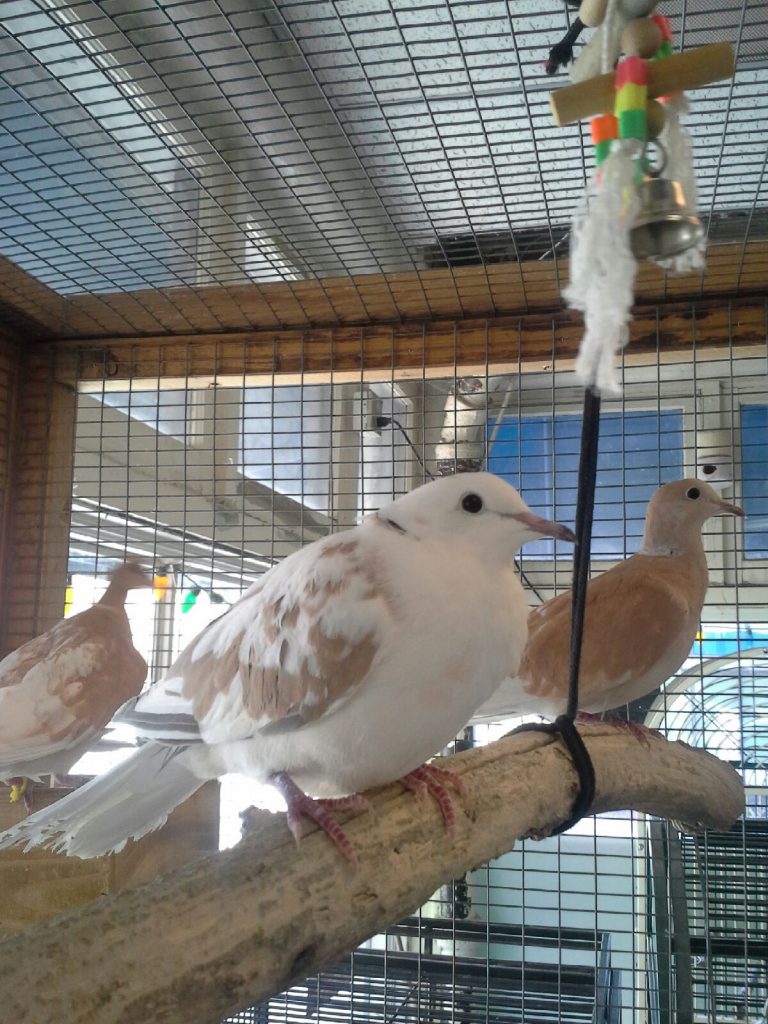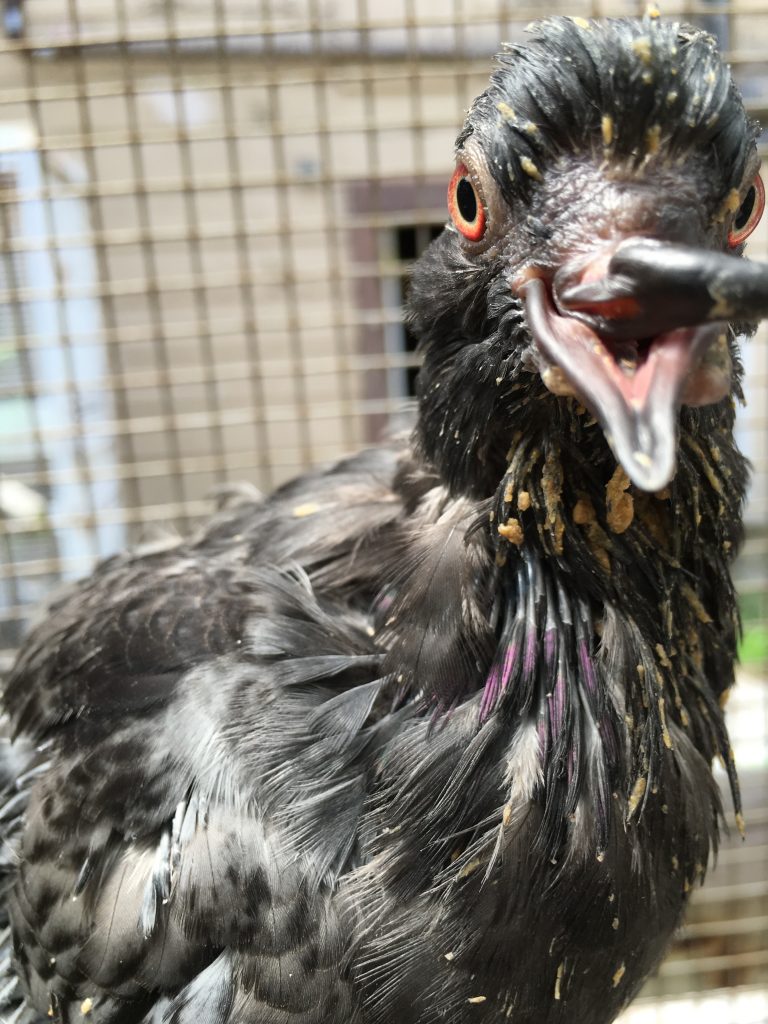
On Saturday, April 23rd I got a frantic call for help. A vet tech named Tania, who loves animals, was desperately searching for someone to help a badly injured baby pigeon. He was barely three weeks old and had somehow survived being attacked by an animal. He was beat up, his beak was broken (top and bottom) and his wounds were infected. She saw his curiosity and liveliness and the will to live in his bright eyes and she had stopped the euthanasia process that had been initiated upon his arrival. Everyone she called had said they too would euthanize. But I said we would try to save him. Our motto is: We don’t have to start with euthanasia.
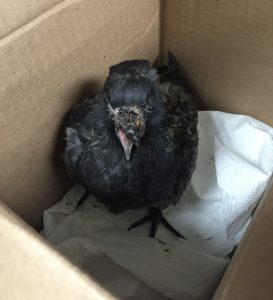
Prince on intake 4/23/16
Tania knew from the person who had brought him to her at the vet clinic that Prince had been living on the ground at a gas station for at least a week before his rescue. His parents continued to feed him (and his twin) that whole time and somehow, he had survived the attack that had ripped out his tail feathers, hurt his elbow, left him cut and scraped around the neck and head and broken both his lower and upper mandibles. But he needed more help than they could provide.
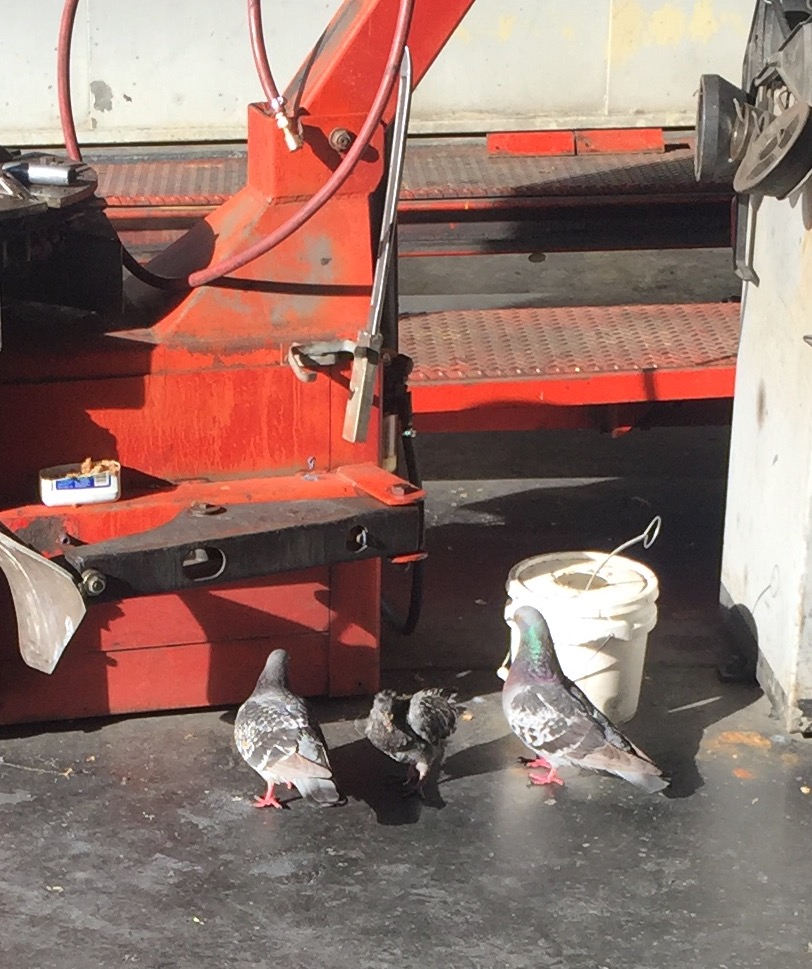
Prince’s mother, twin & father at their gas station home
So Tania drove 30 miles one way to deliver the baby pigeon to me. When she got in her car, the song When Doves Cry was playing on the radio and so she named the little bird Prince in honor of the beloved musician who had died two days before.
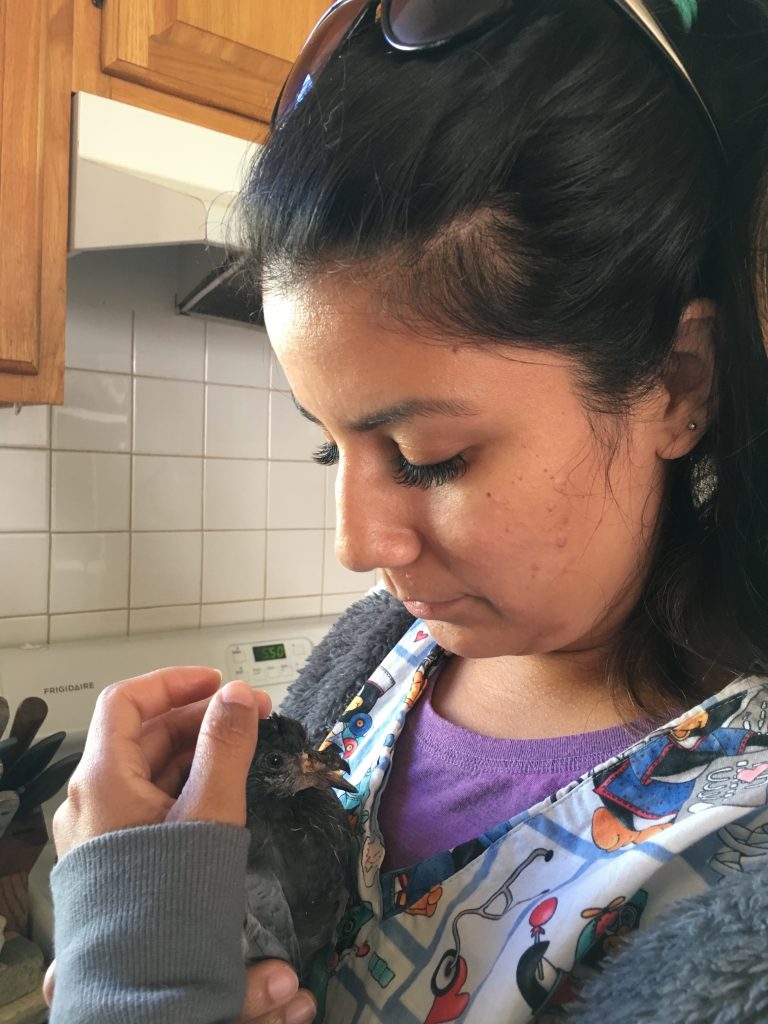
Tania with Prince, the baby pigeon whose life she saved
When Prince arrived, I could immediately see how full of life he was. He was in a bad way but he didn’t act it. He squeaked and begged to be fed like every pigeon child does, despite all his certainly painful injuries. The biggest concerns were fighting the infections (including trich) & trying to save his broken mandibles. A pigeon’s beak is so important! They use it to eat, to drink, to preen themselves and their mate, to kiss their mate, to gather and assemble nest materials, to feed their babies, to defend themselves and fight rivals… We have a pigeon fostered in our care, Fleetwood, who came to us missing his upper mandible (lost to a predator attack) who I have handfed every day for more than a year. He is very happy to be alive but I see what a disadvantage his half-beak is for him.
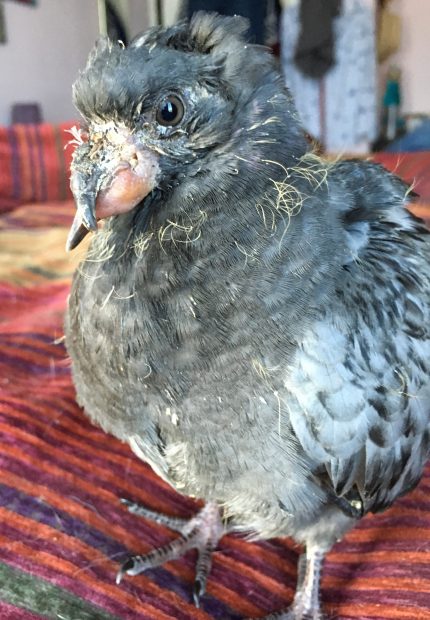
Prince was bright, alert & full of energy despite his injuries
When he first arrived, I wasn’t sure if he’d survive but we were lucky and things went really well. I had to tube-feed and medicate little Prince and it was scary. I was terrified I would further damage his fragile and unstable mandibles. Our vet is closed on Sunday and so we were on our own till Monday morning. Holding my breath and opening his fragile beak as carefully as I could, I got his medicines and baby bird formula in and he squeak squeak squeaked for more. He was hungry! The antibiotics started working immediately and his infections began to resolve. He lounged in the sun watching pigeons through the window, preened the feathers that hadn’t been yanked out of him when he was attacked, tried to persuade Dolly, another foster pigeon living in the house, to be his mama bird (she declined) and snuggled with me.
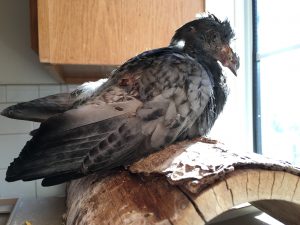
Right elbow also injured
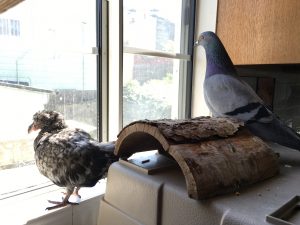
Prince & Dolly hanging out
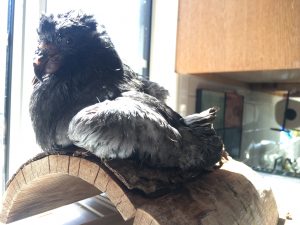
Prince chillaxin’
Prince is such a vital and charismatic little pigeon! In the car for the hour and fifteen minutes it takes to get to the vet, he busily preened and looked out the window as if he took road trips all the time. Once at the vet’s, he won everyone’s heart with his courage and charm. It was decided that the best thing we could do for him was continue what we were doing… antibiotics, pain management, and lots of careful tube feeding to help him heal and grow. His mandibles were too unstable and surgery too risky. I was relieved to take him back home with me knowing we were on the right track but there was still a very real risk he could lose one or both of his mandibles.
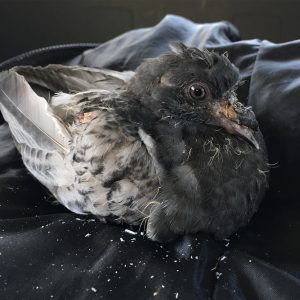
Preened up a storm on ride to vet
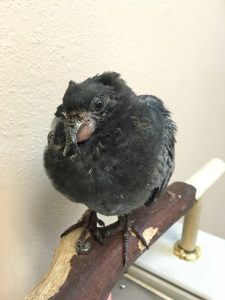
Prince at Medical Center for Birds
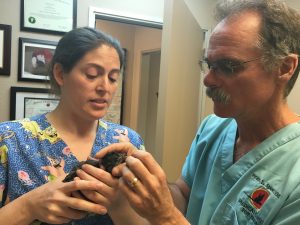
Drs. Fitzgerald & Speer consult
Over the next few days, waxy caseous material built up in pockets in his beak creating pressure and threatening his recovery and that Friday we returned to the vet. Dr. Speer sedated him and was able to clean out a lot of debris while still preserving the delicate bits of tissue that were keeping his mandibles attached. I was as thrilled to bring him back the next day as he was to be back.
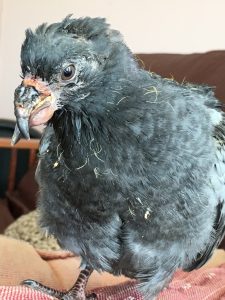
Dead tissue & wax-like pus built up
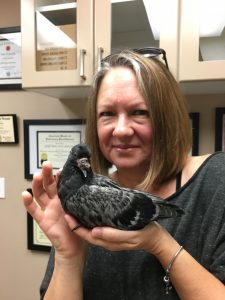
Prince meets & charms Jill
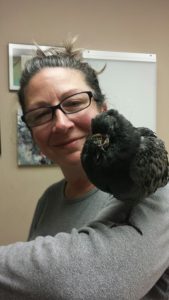
I had to leave Prince at the vet’s
Those first days after his wounded beak had been debrieded were very scary. While the wound was better, it looked worse, so raw. The little piece of tissue holding his upper beak on was so fragile. Prince never complained though and celebrated being back by napping in the dish of seeds that he always had available (but couldn’t yet eat).
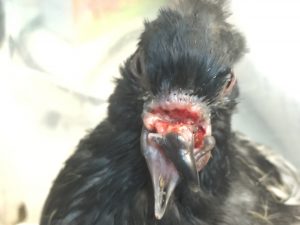
Prince right after procedure
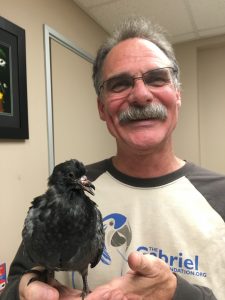
Dr. Speer very happy with Prince
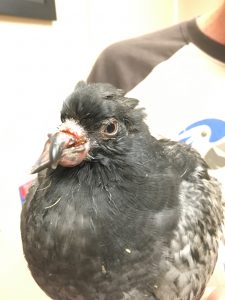
Cleaned up & ready to heal
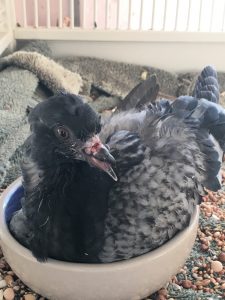
Celebrating
In the weeks since, Prince has steadily improved. The swelling and infection in both his elbow and lower mandible disappeared. The little bit of tissue holding his very crooked (nearly torn off) upper mandible healed up and my fear that he would lose it diminished. (A crooked beak is better than none.) He’s grown in a whole bunch of new feathers to replace his missing tail and wing feathers and to fill in the many bald spots. His appetite is huge! He came in weighing only 190 grams and now weighs more than 300. I tube fed him 20-30 ccs of baby bird formula (with applesauce and mixed veggies baby food mixed in) three times a day and he learned to eat mush (mostly by slurping it up with a lot of tongue action). He’s a very eager and messy eater and gets it everywhere!
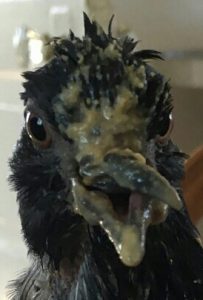
Mush face!
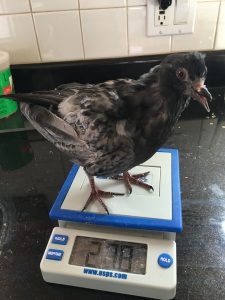
Putting on weight
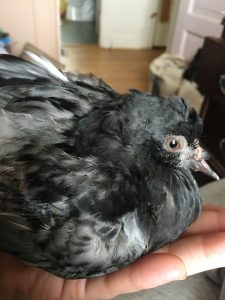
Snuggly
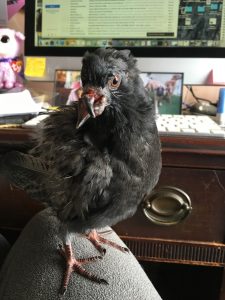
Helping me work
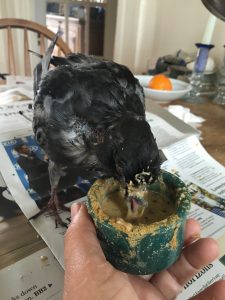
Learning to self-feed!
Tania gets frequent updates about Prince and she and her mother came to visit him. Tania writes, “Thank you so much to Elizabeth and Palomacy for existing, for helping little Prince out and saving his life, and all the other pigeons and doves’ lives that people just seem to disregard. I have a whole new respect and love for pigeons and now carry bird food with me in my car.”
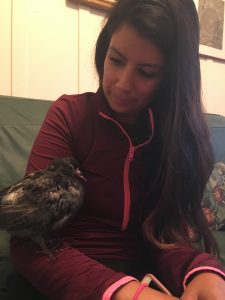
Tania & Prince reconnect
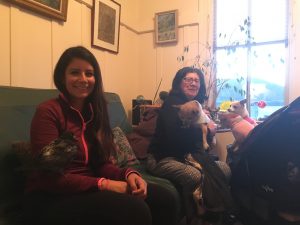
Tania & Prince & her mom & pups
As he’s healing and growing up, he’s started spending time outside in the aviary with the big pigeons. Supervised at first but now he’s strong enough to hold his own with the flock. He’s been eating lots of mush (with small seeds mixed in) every day and still being tube fed too. He’s had a few check ins back at our vets and just recently I took Prince to be an ambassador at his first outreach events and he made a whole lot of new friends for pigeons.
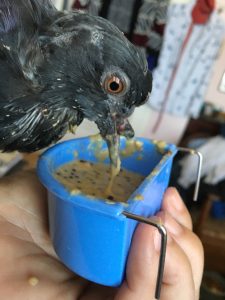
Prince loves his mush
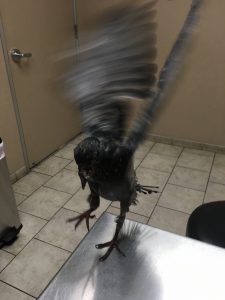
Showing off his wings
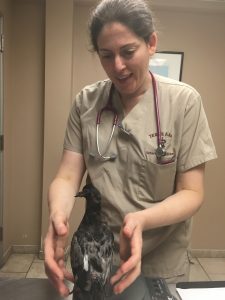
Dr. Fitzgerald loves Prince
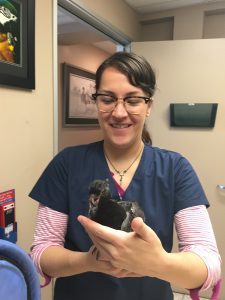
Dr. Hernàndez loves Prince
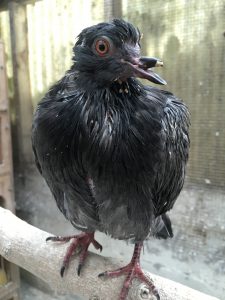
Post-bath aviary time
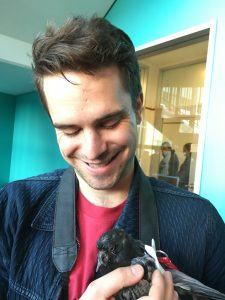
Making new friends through outreach
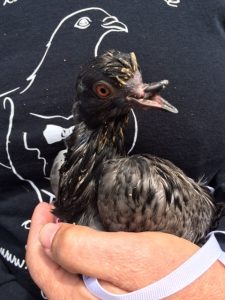
A great ambassador for Palomacy
Prince, with his funny face, is a star on our Facebook & Instagram pages and his determination inspires a lot of people. Tania had seen right away that, despite his terrible condition, he wanted to live and she was so right. This little pigeon is full of joy and doesn’t let his crooked beak hold him back. On May 29th, Prince taught himself to eat pigeon feed! It isn’t easy and he must make multiple attempts to get one seed but he’s doing it! (He needs a deep dish of seed and extra time to eat.) For the past 36 hours, he has been completely self-feeding (seed only, no mush) and has actually gained a couple of grams!
Prince will never be releasable. He’s too tame and his crooked beak would be too great a disadvantage if he was trying to make it on his own as a wild bird. (Surgery to straighten his beak has a high risk for failure and a low chance of success and we don’t see a prosthetic helping.) He will though live a happy and full life as a cherished pet- either indoors or outside in a predator-proof aviary. And Prince wants to live. That is a fact.
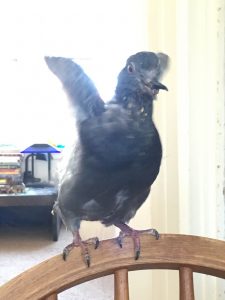
No more need for mush!
Thank you for helping us to help birds like Prince. We couldn’t do it without you.
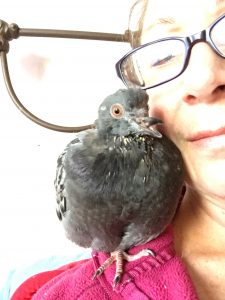
Prince & Elizabeth thank you!


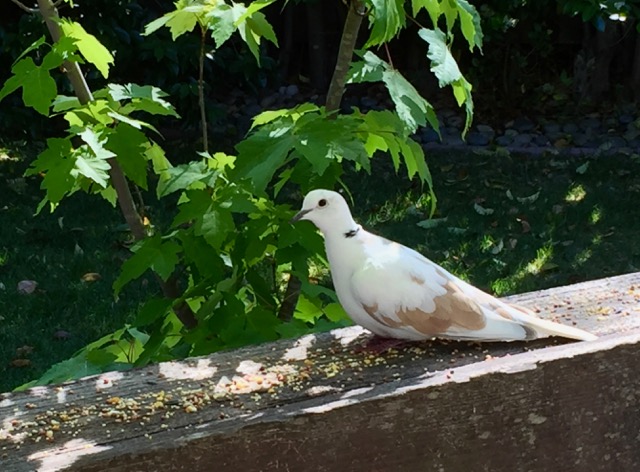
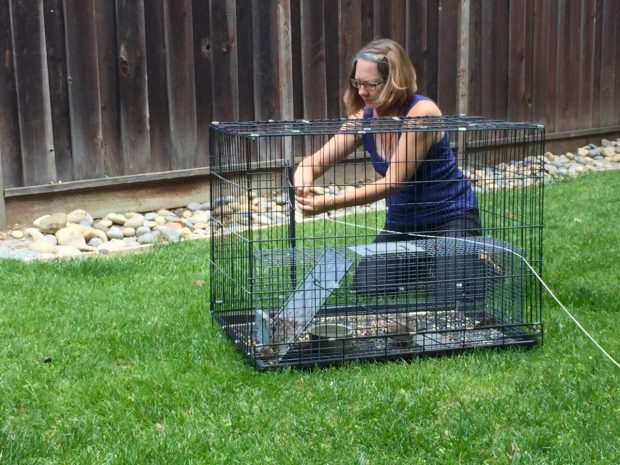
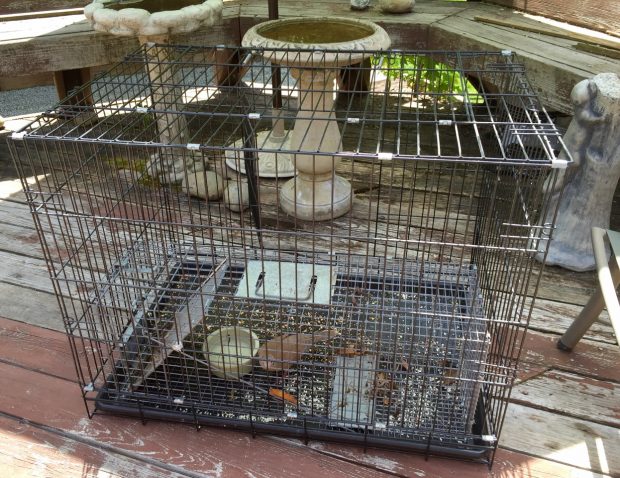
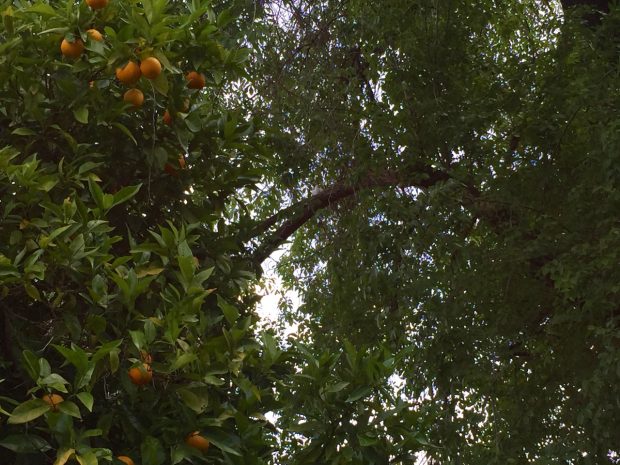
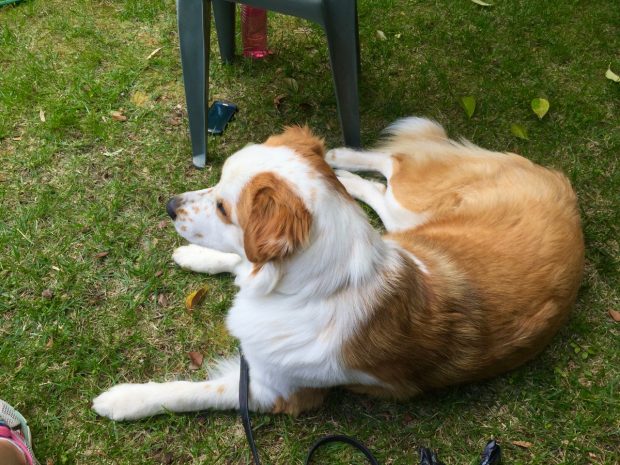
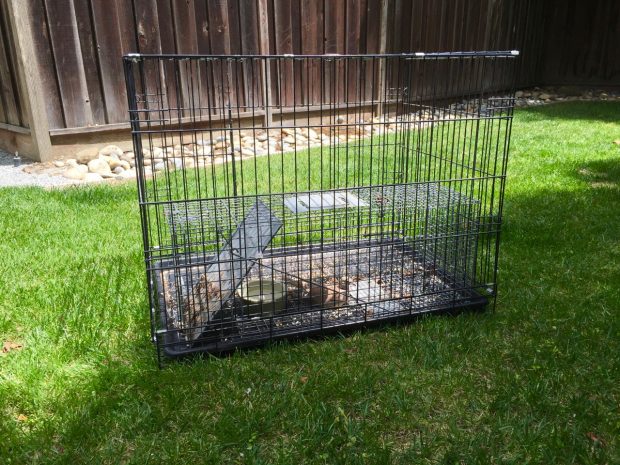
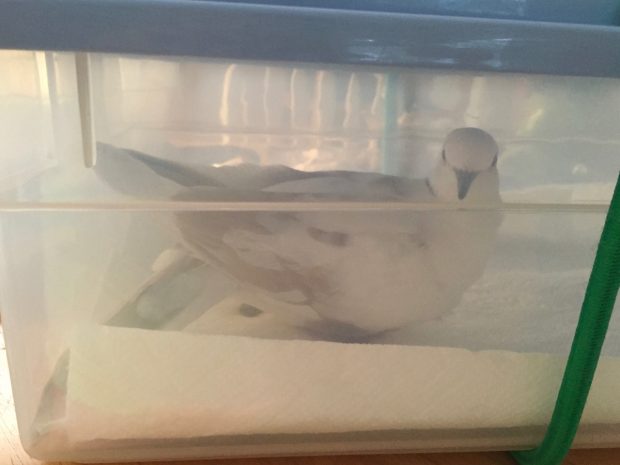
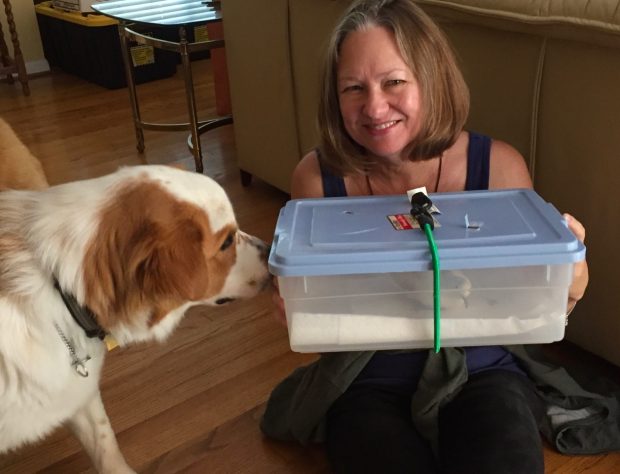
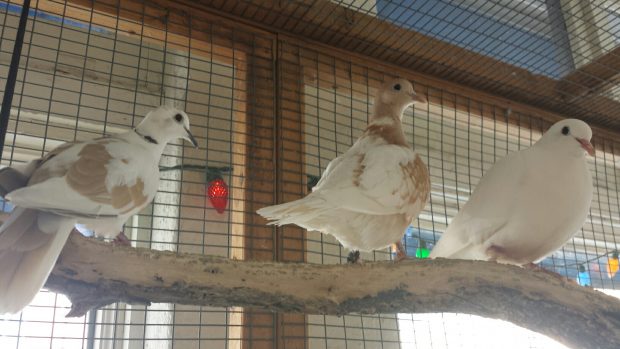
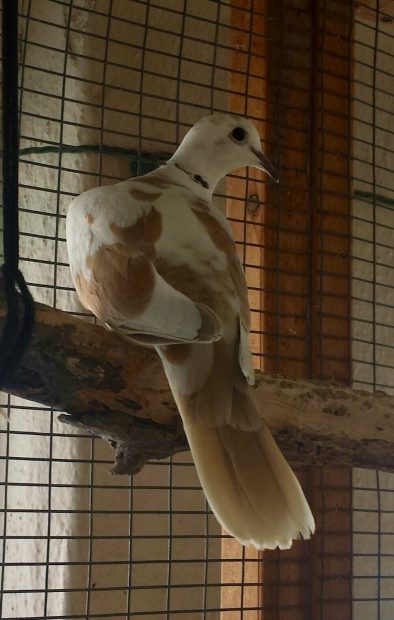
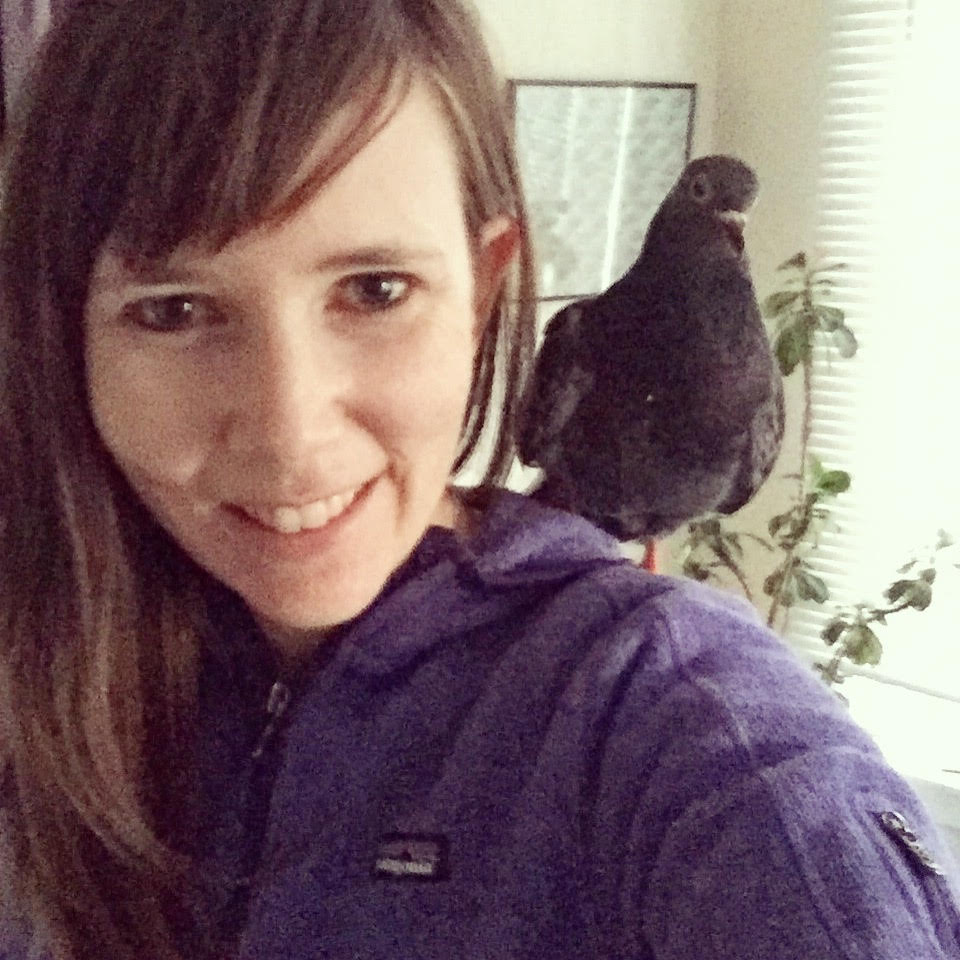
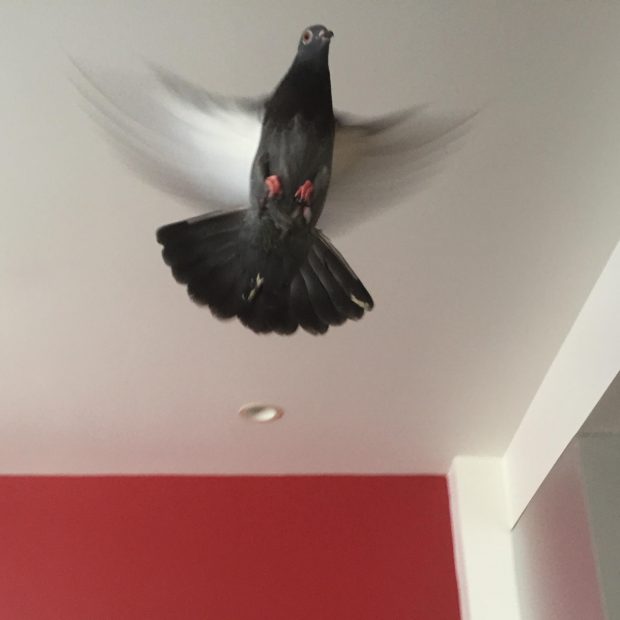
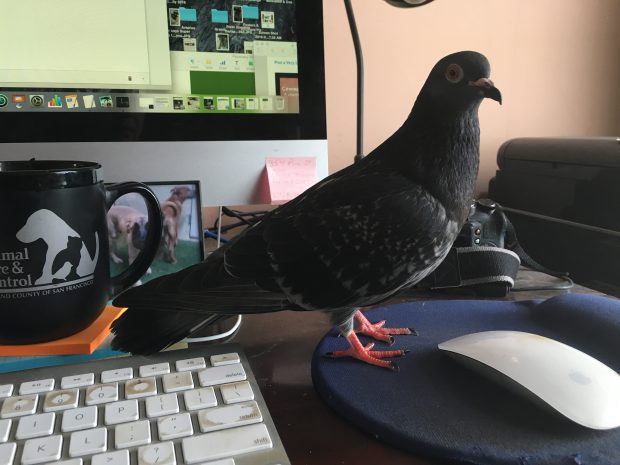
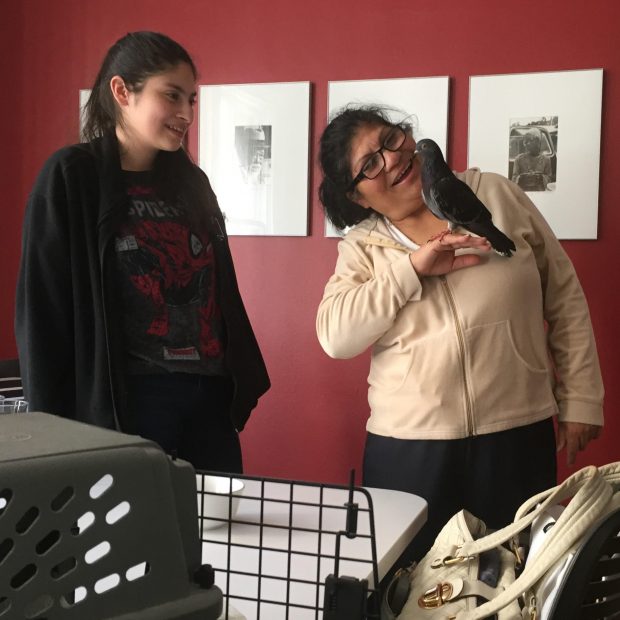
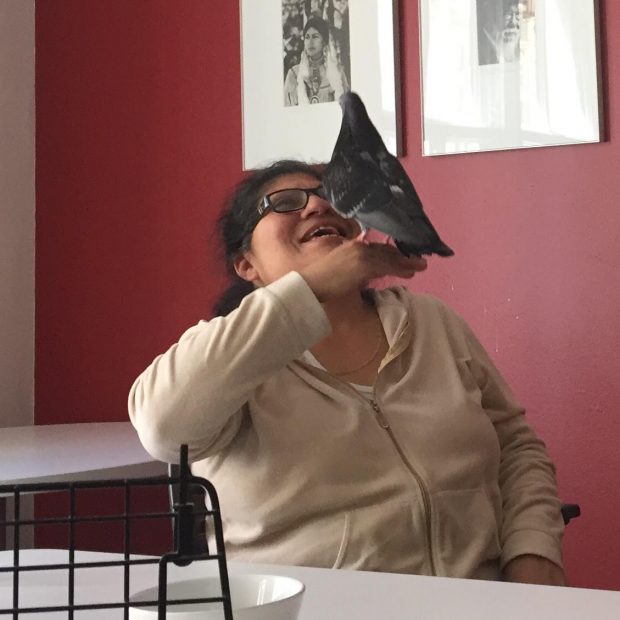
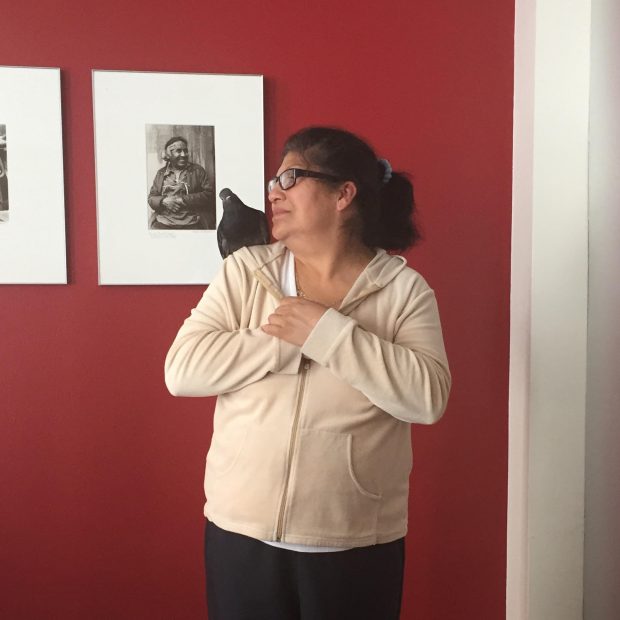
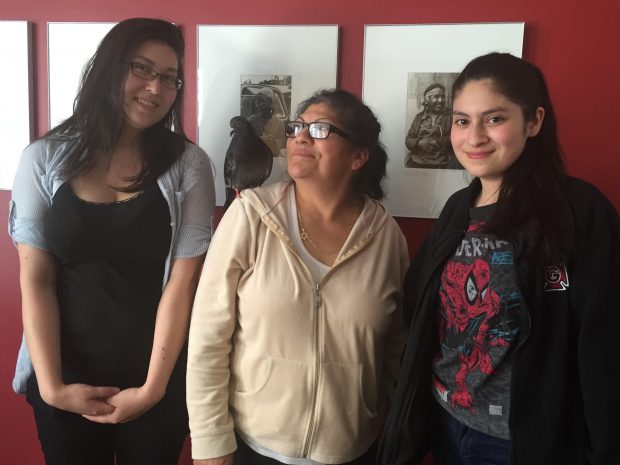

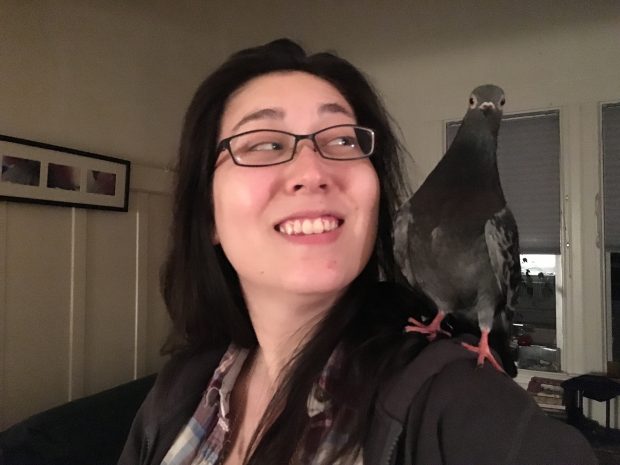
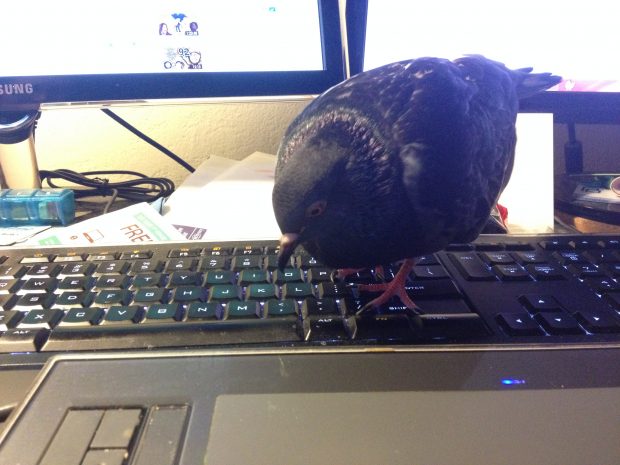
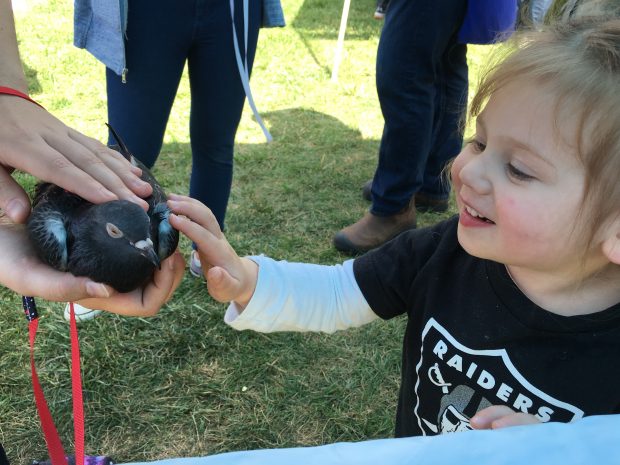
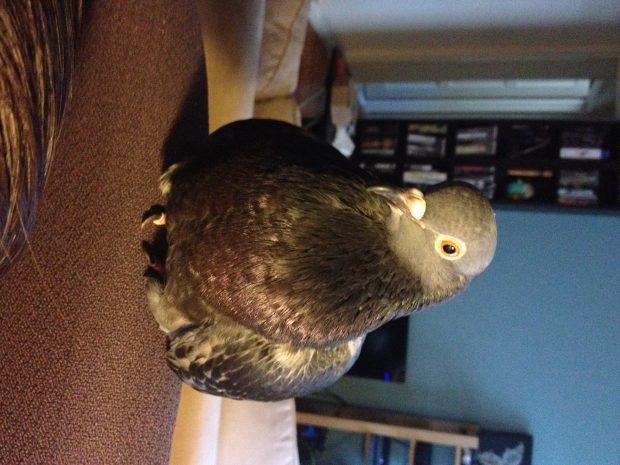
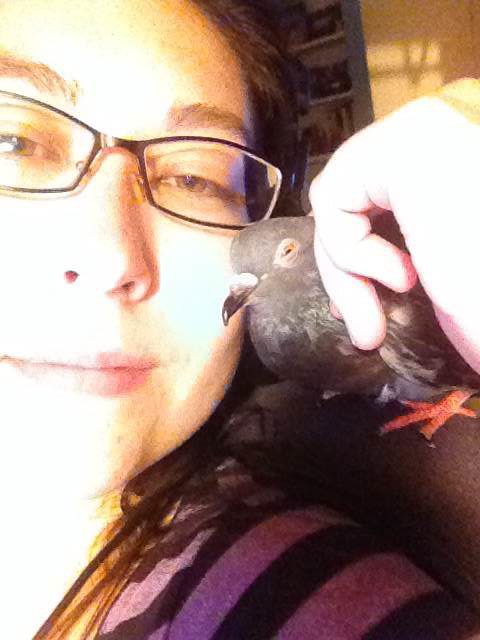
![Pageflex Persona [document: PRS0000026_00088]](http://www.pigeonrescue.org/wp-content/uploads/2016/03/the-pigeon-man-cover.jpg)
